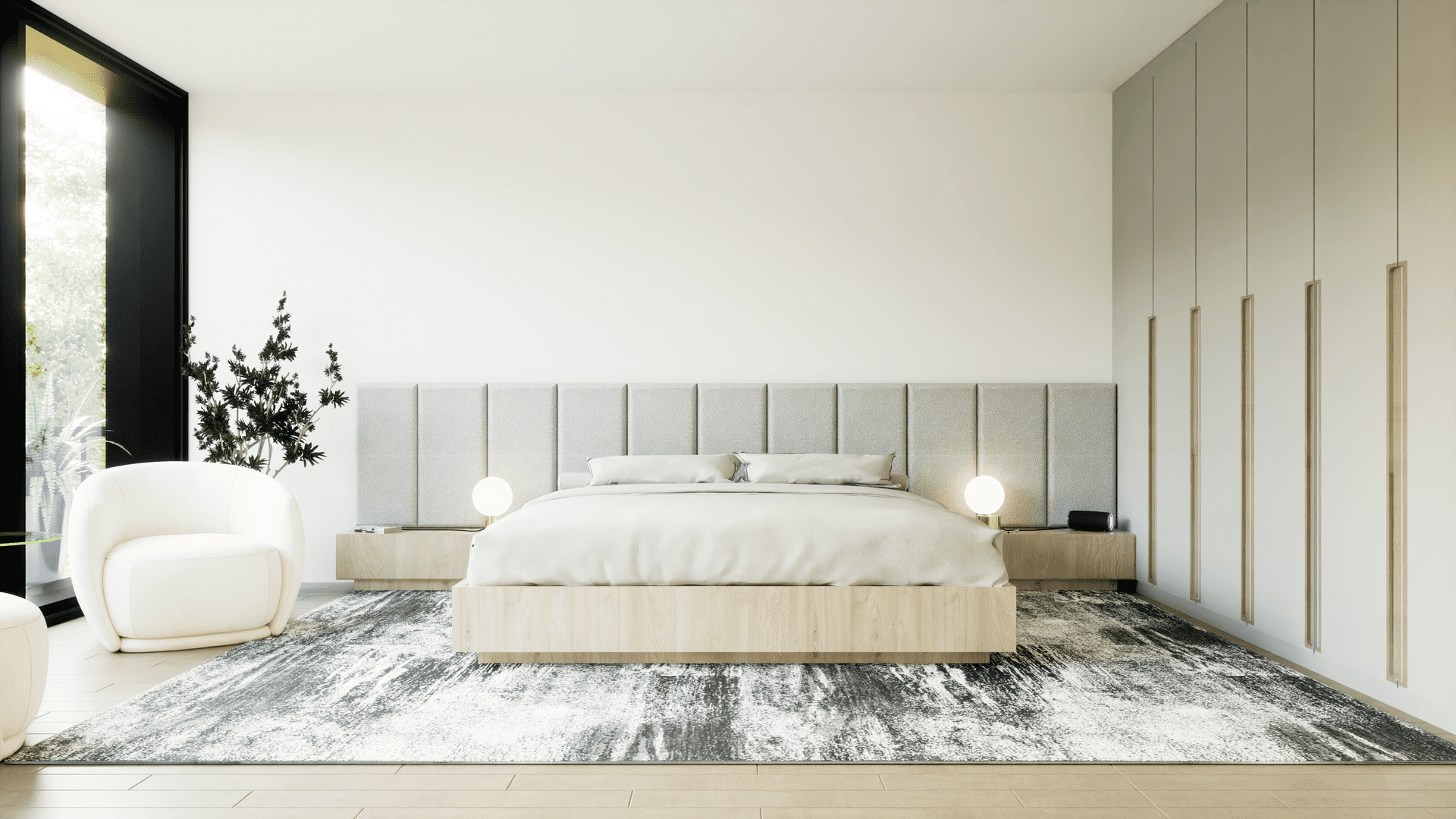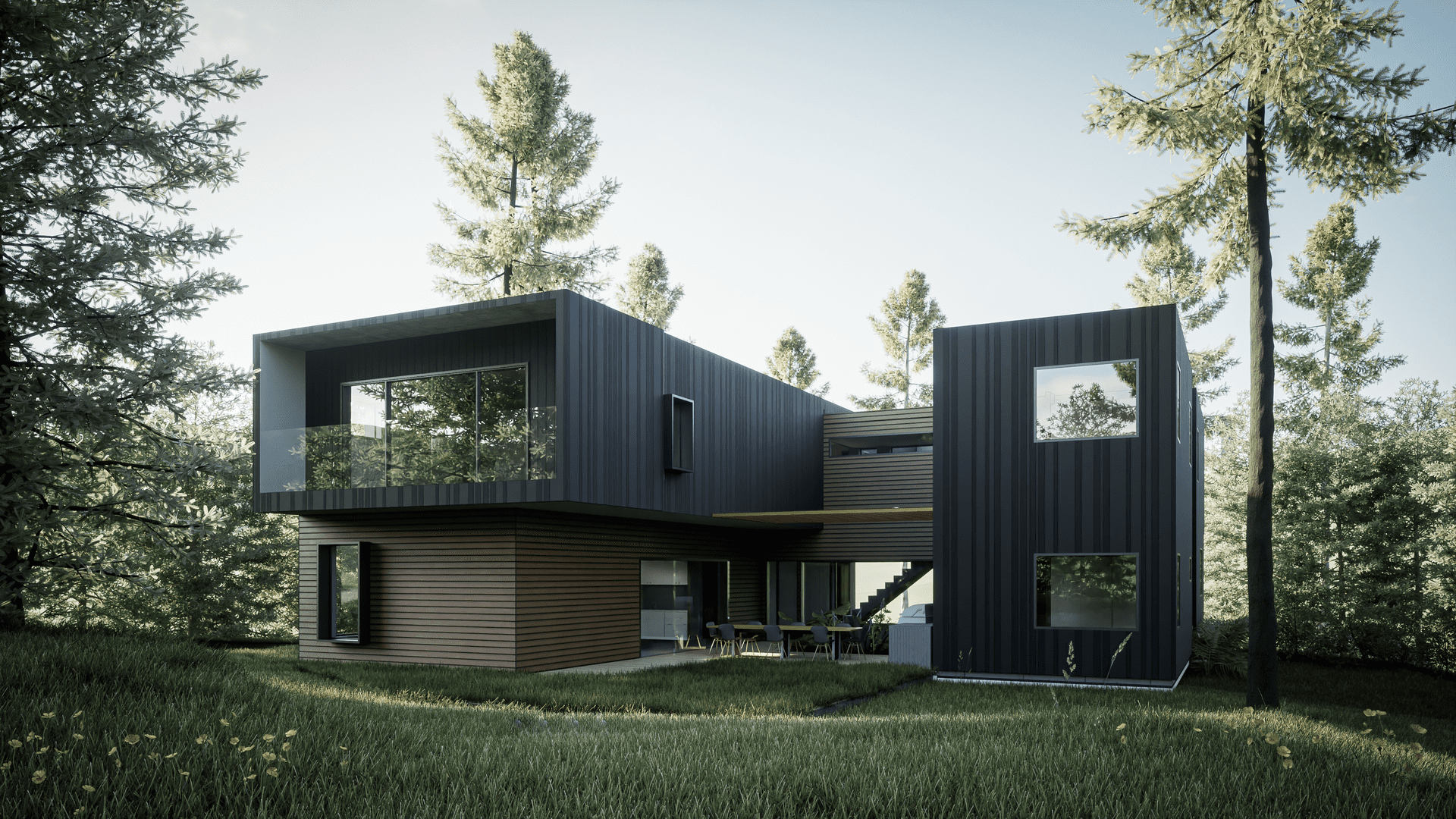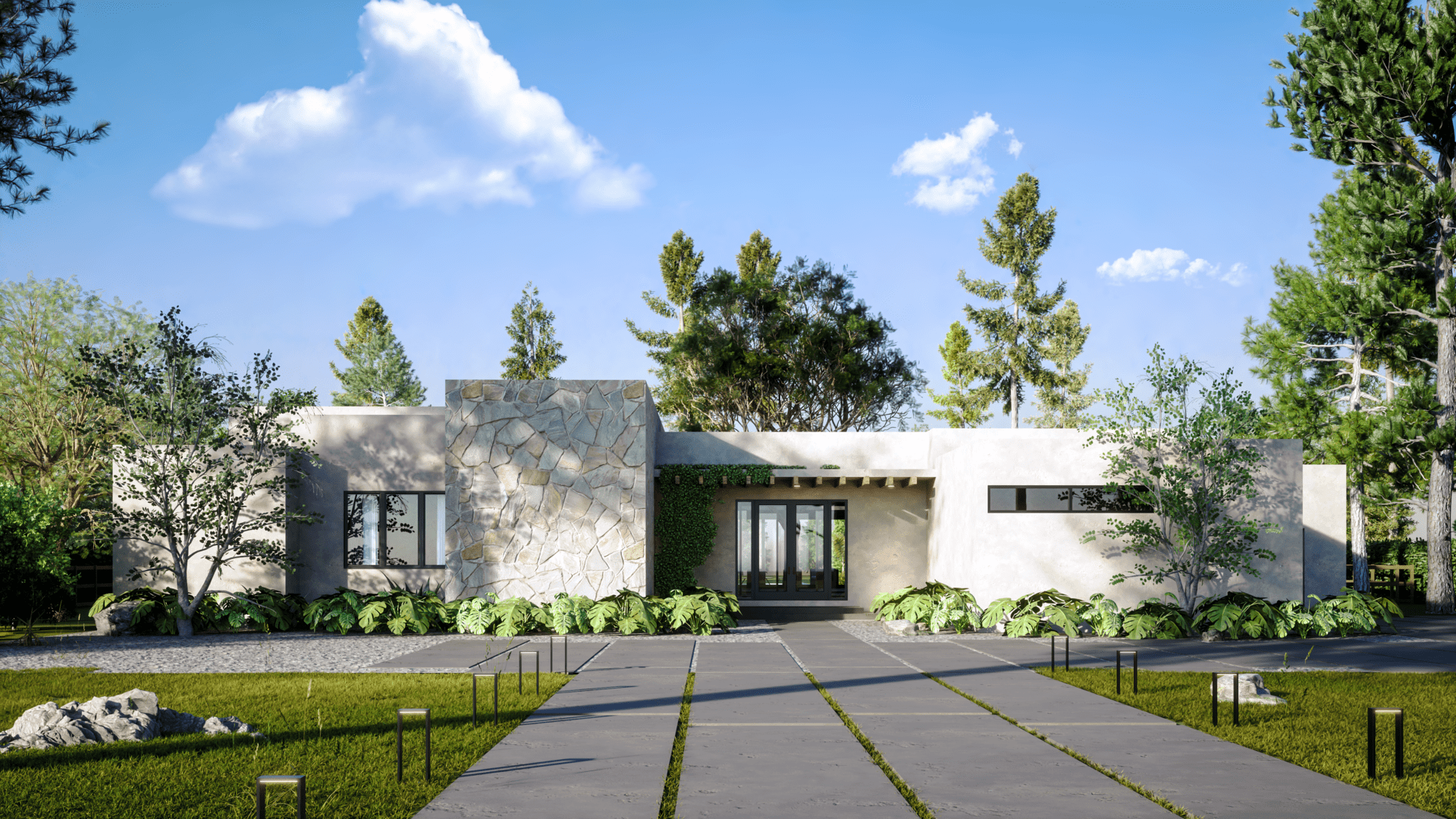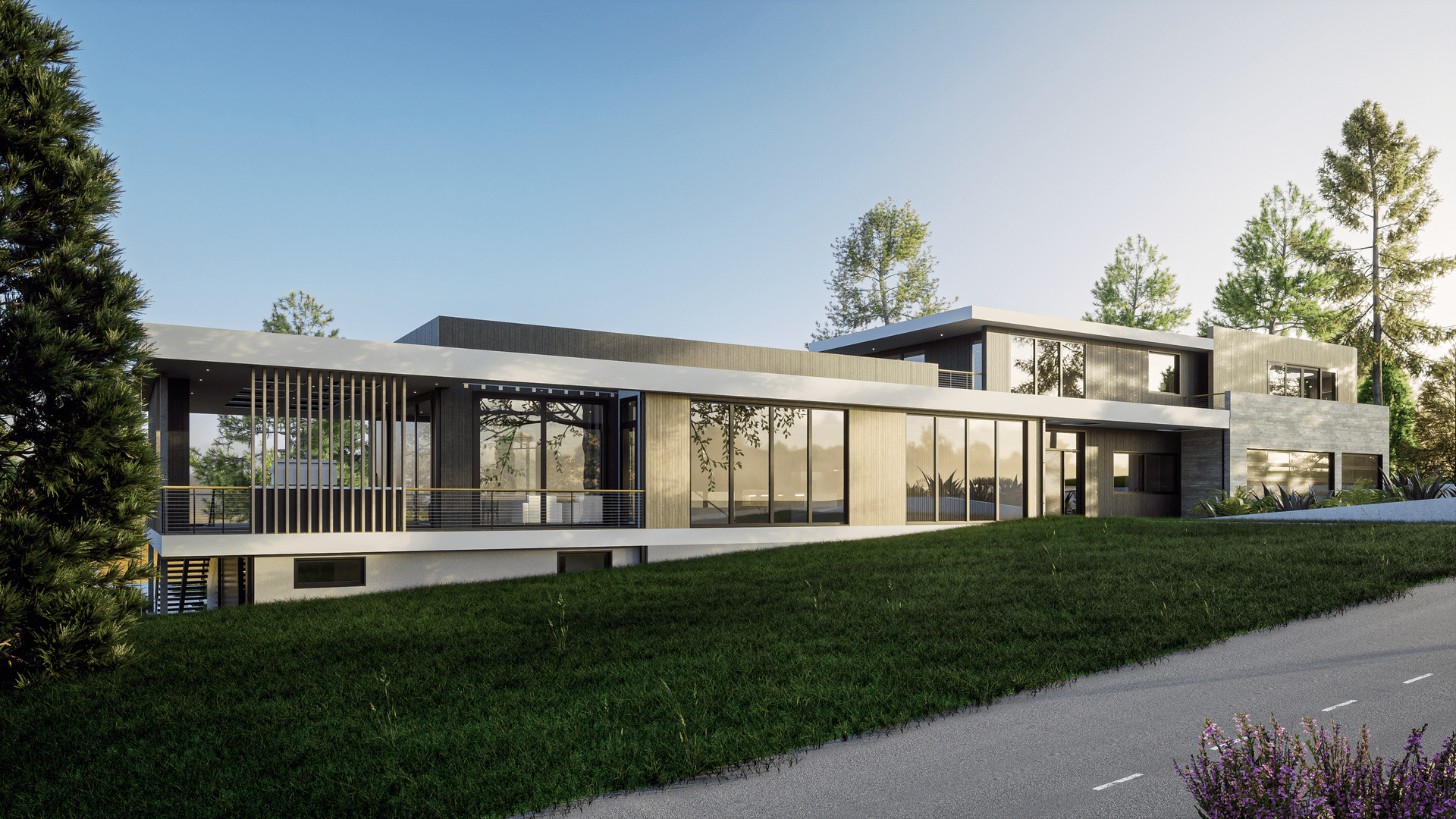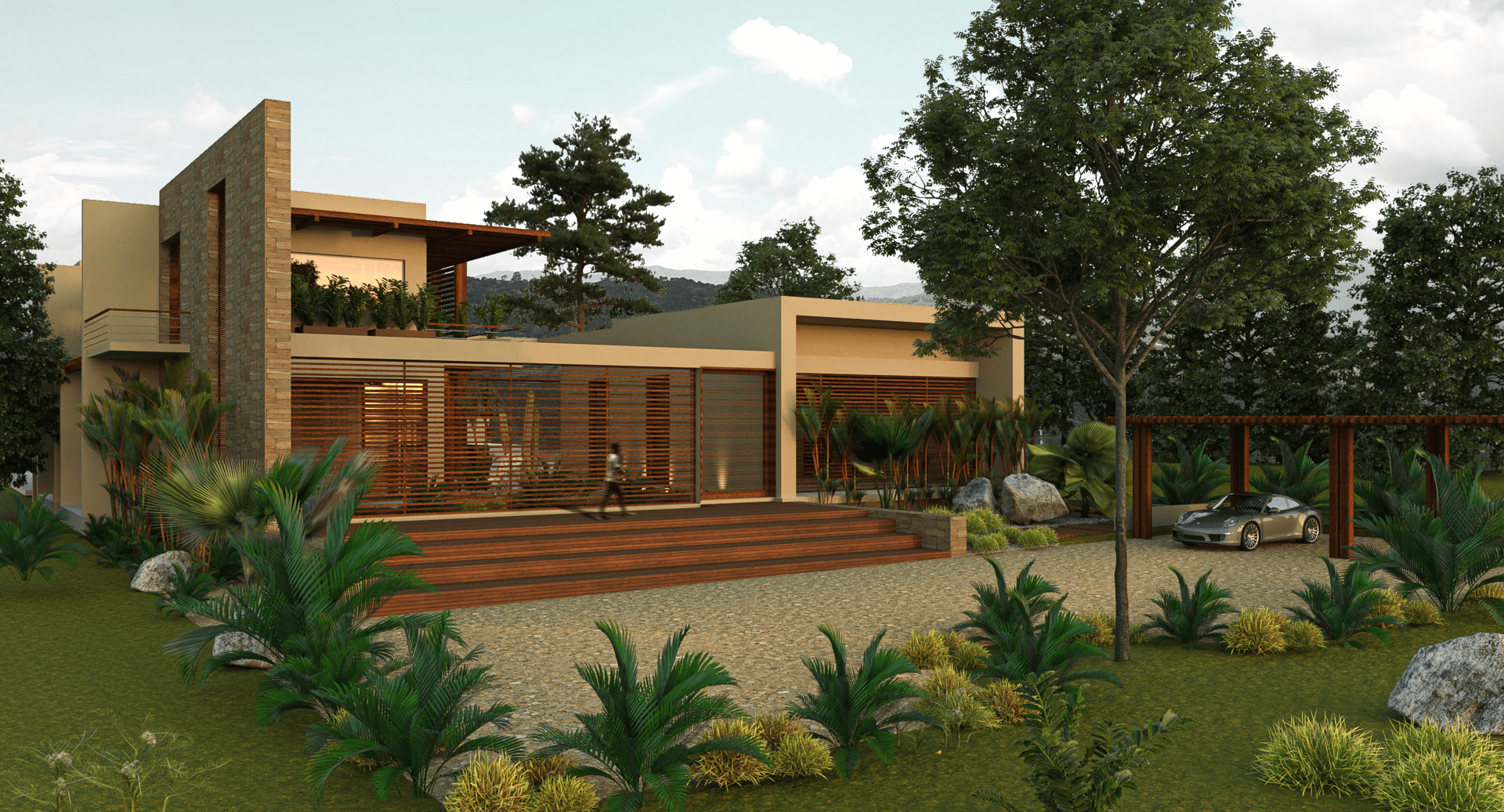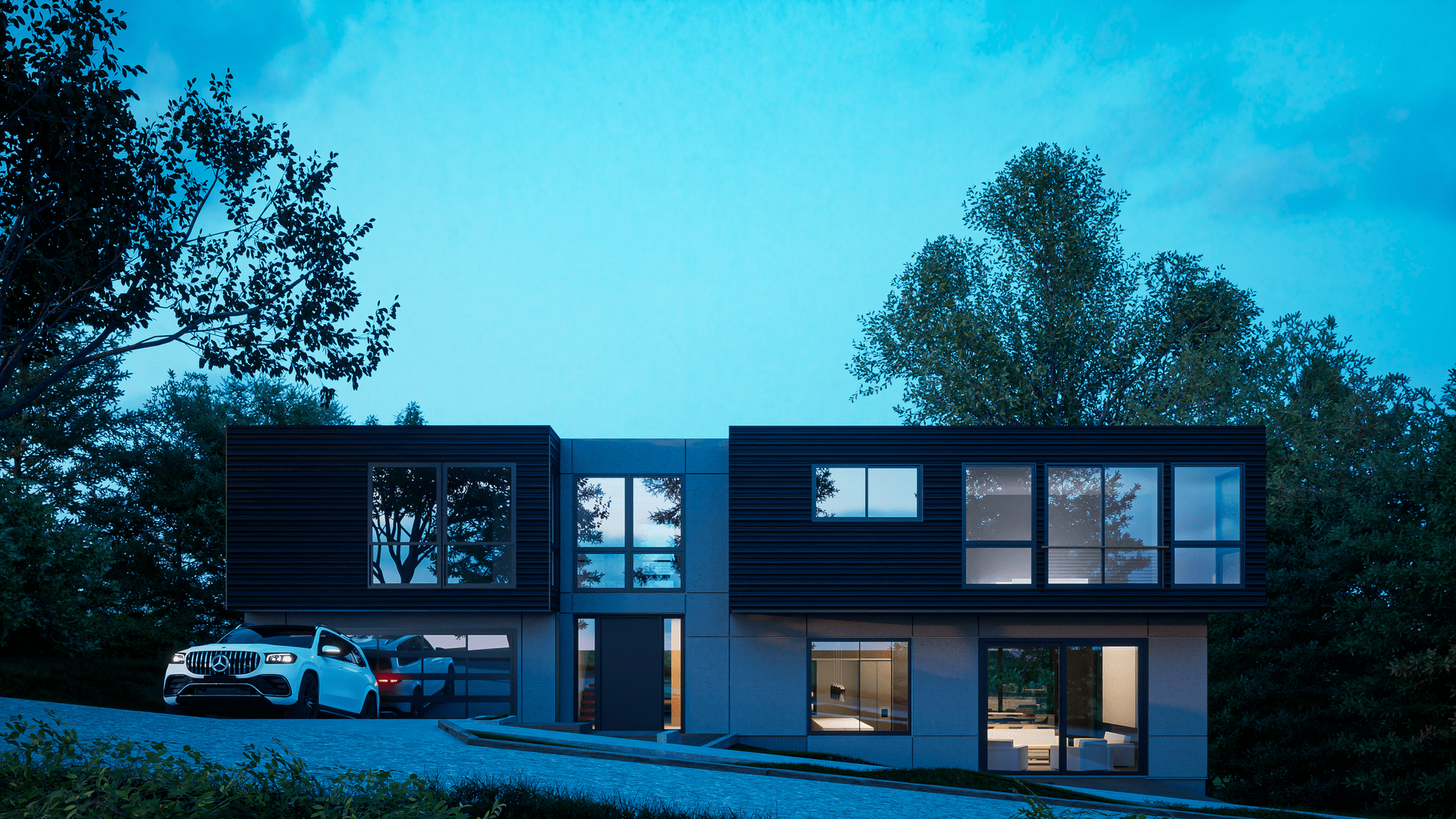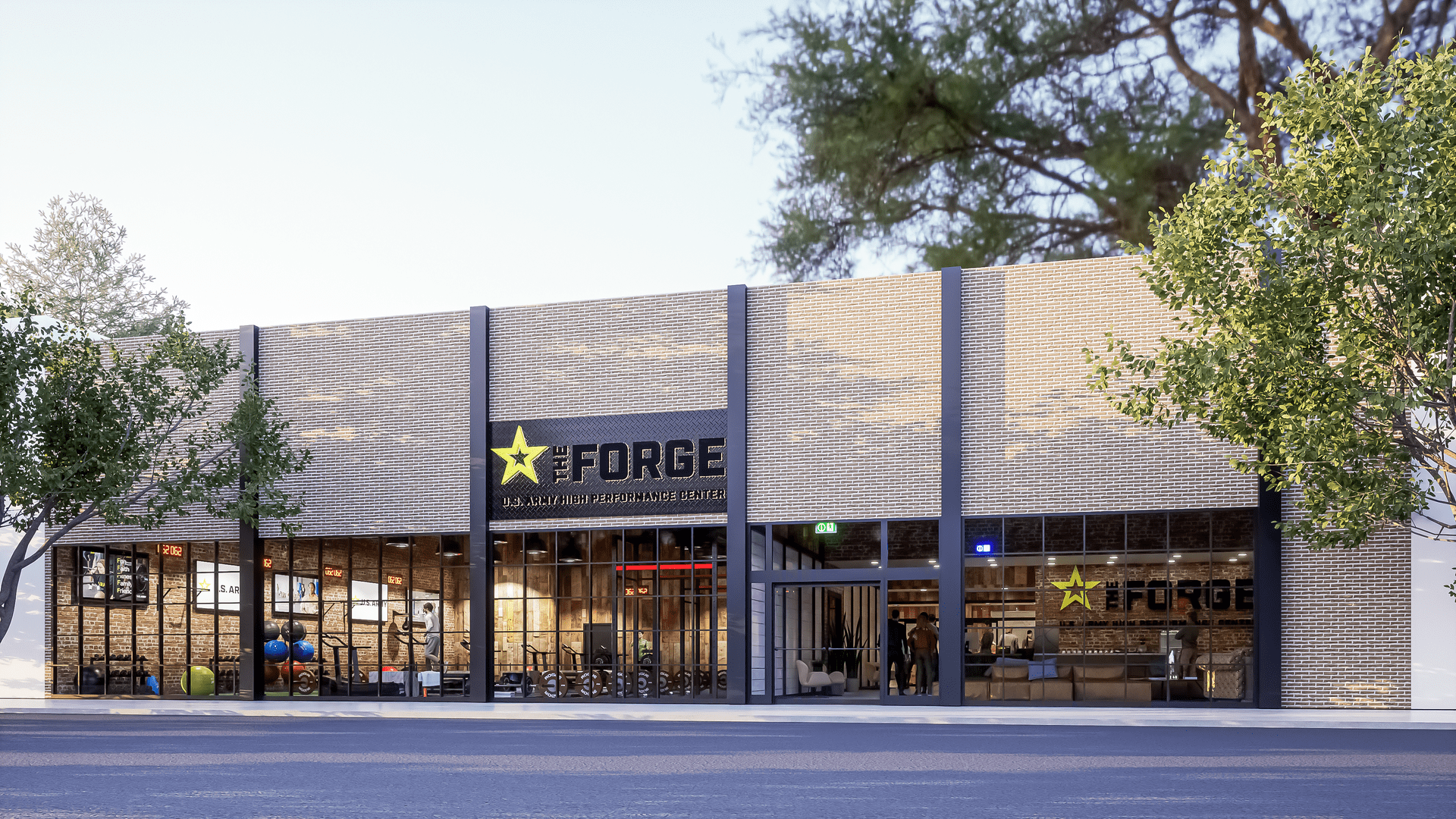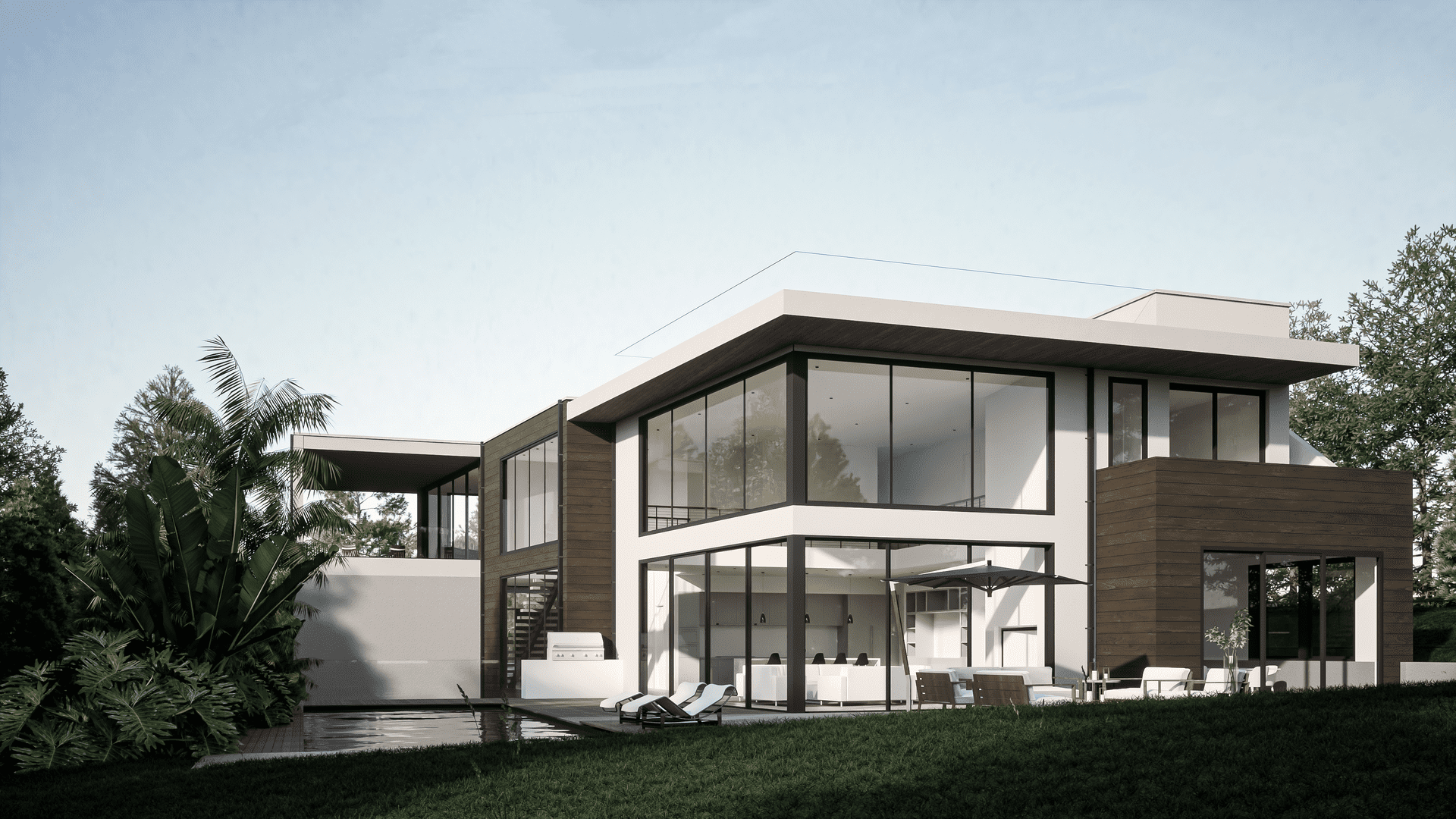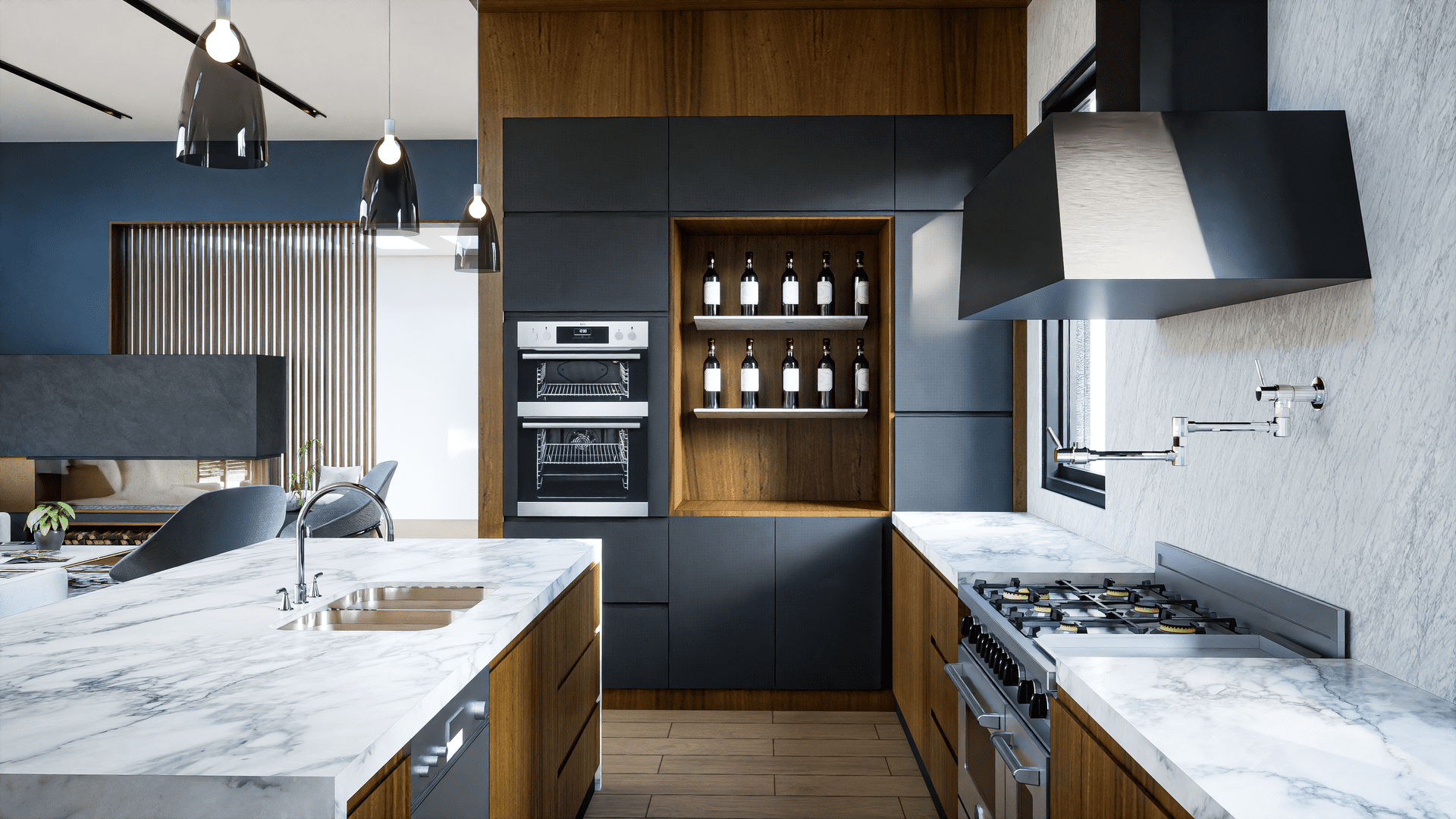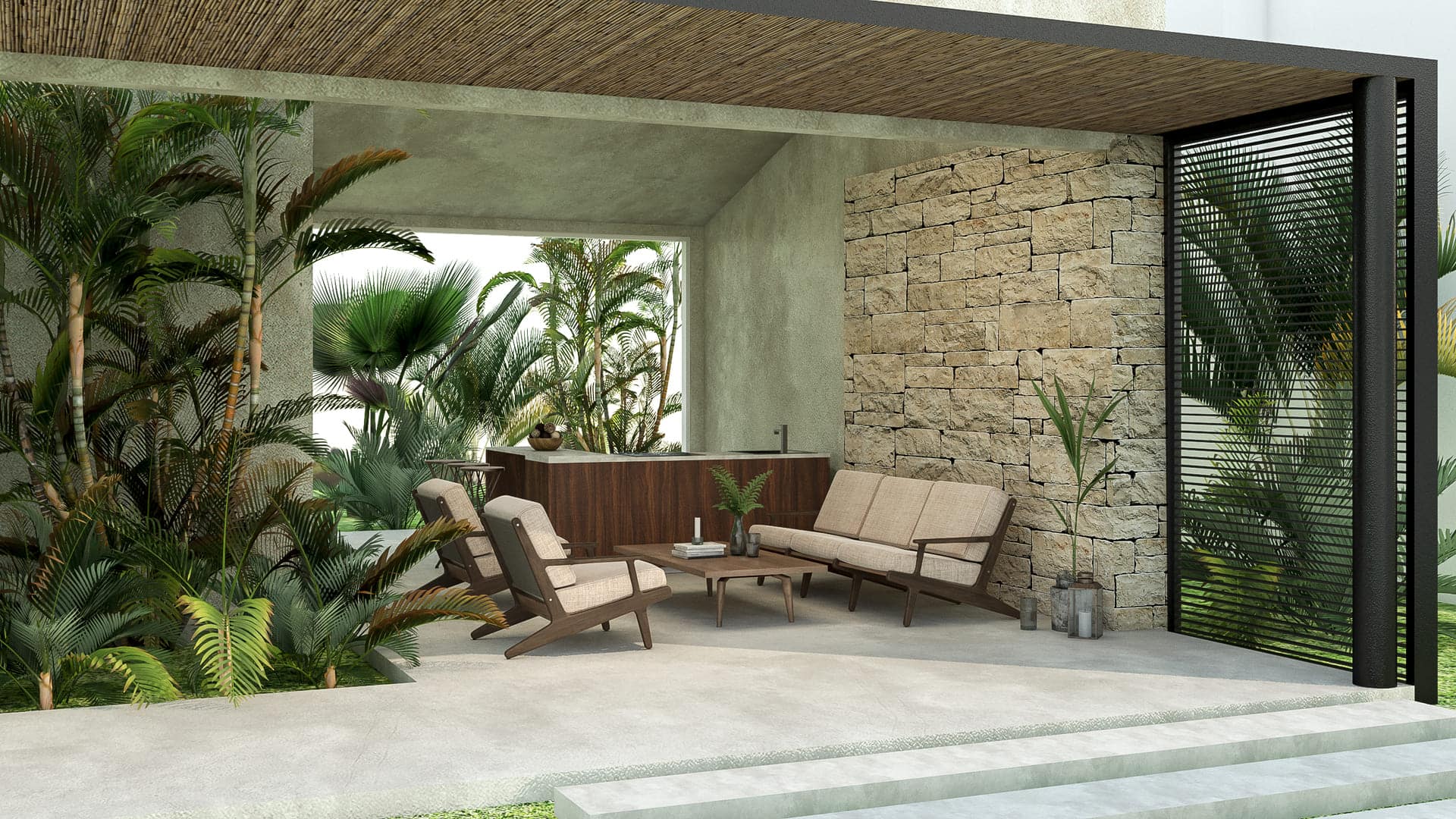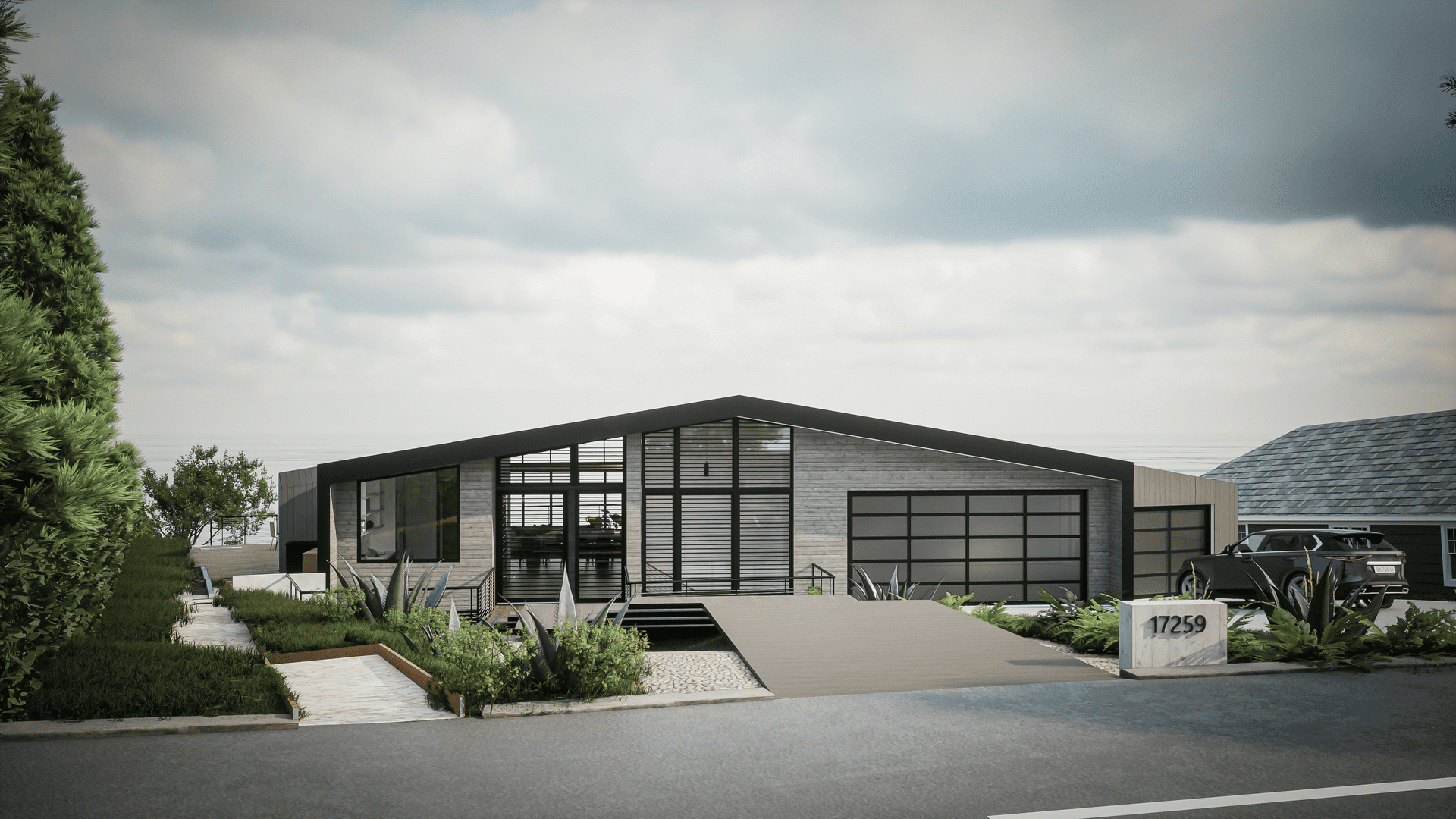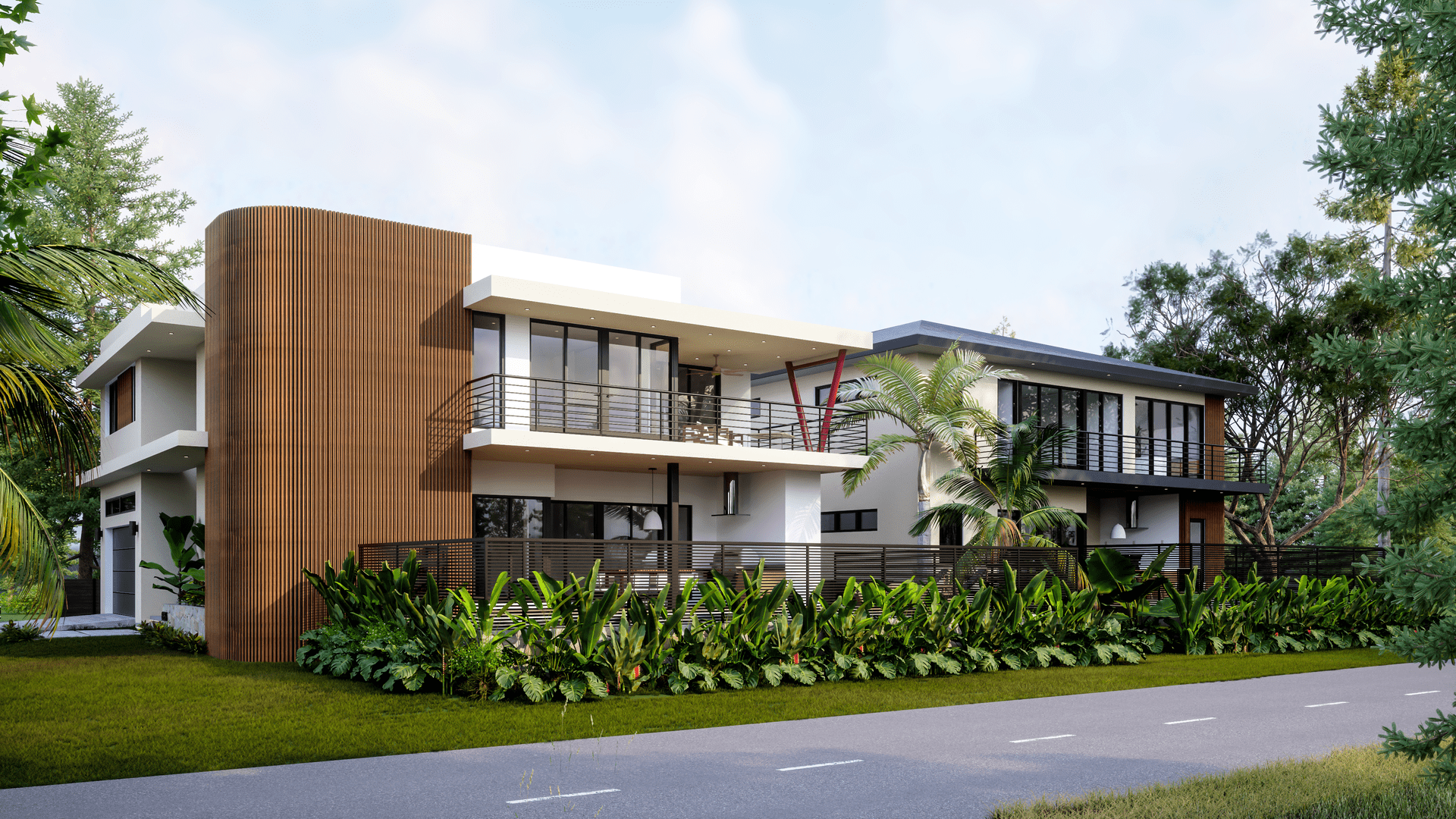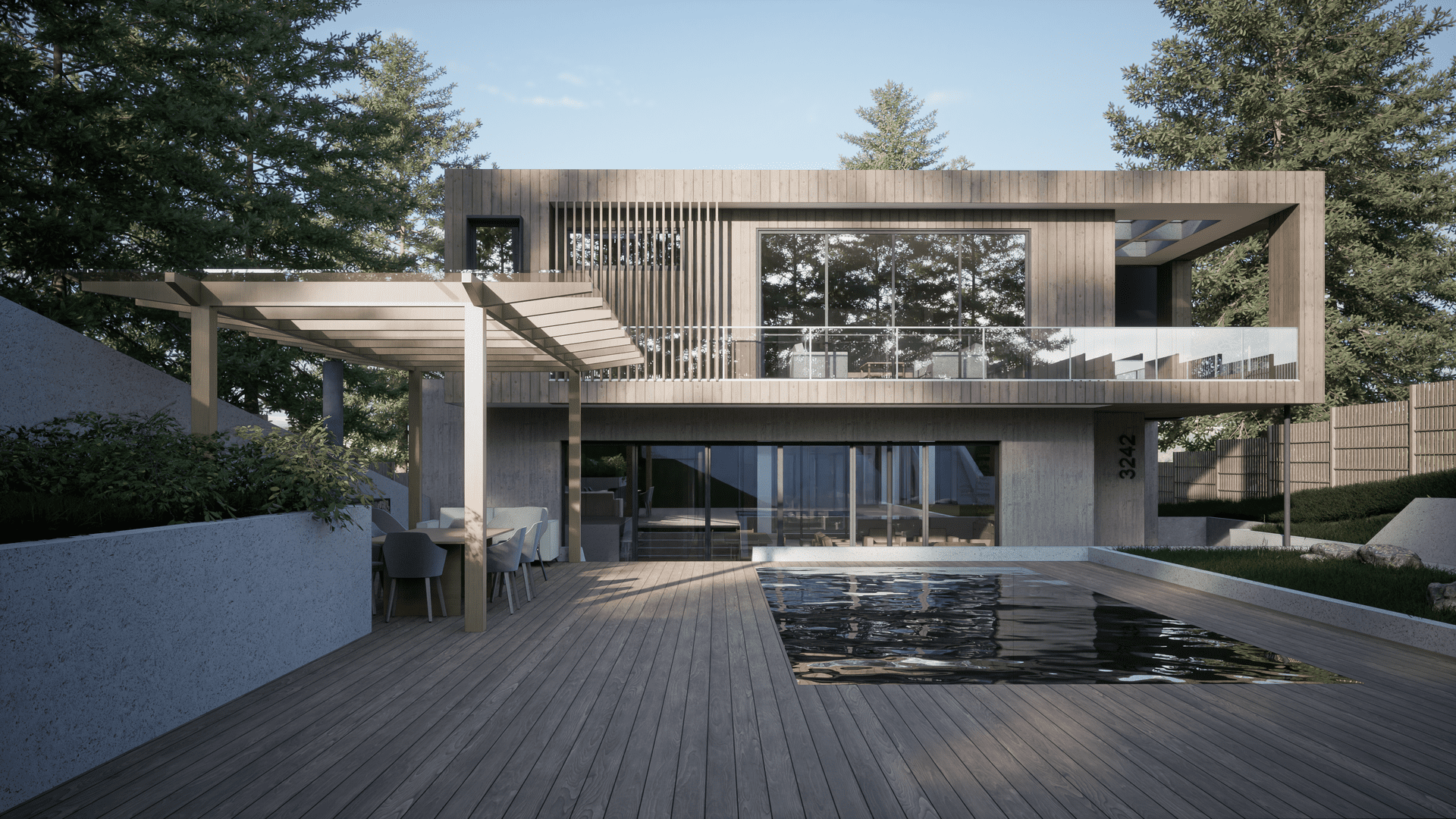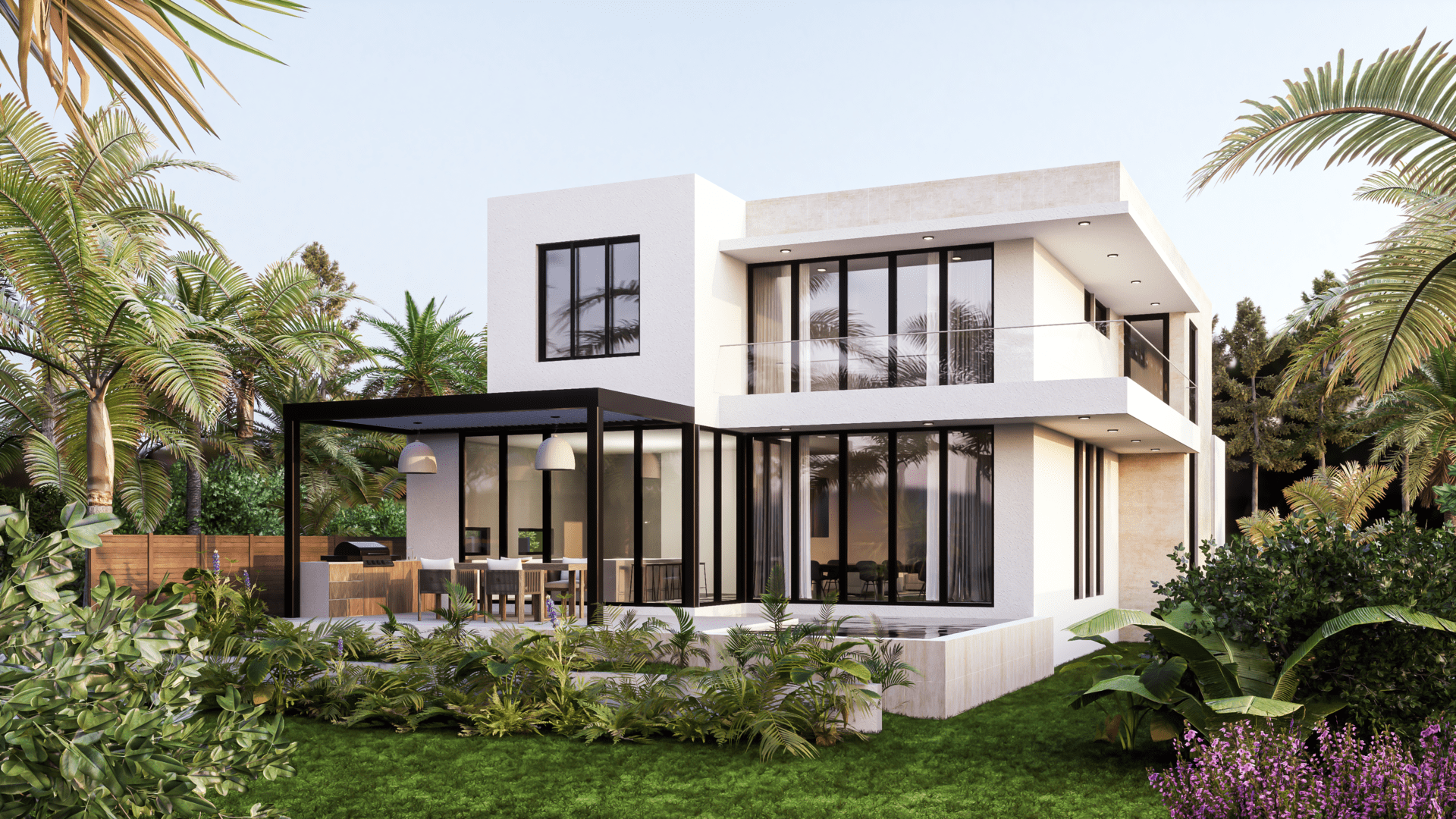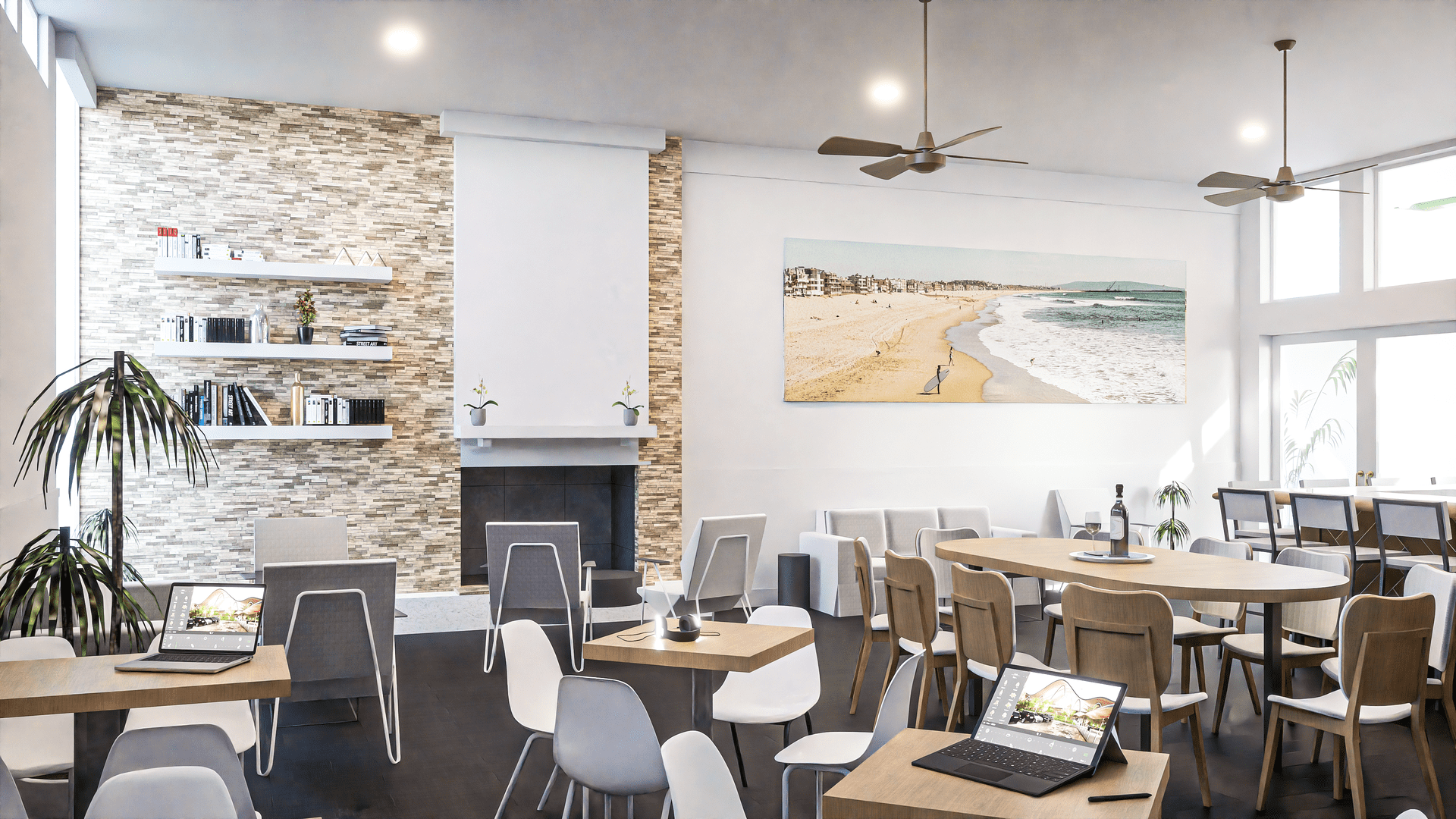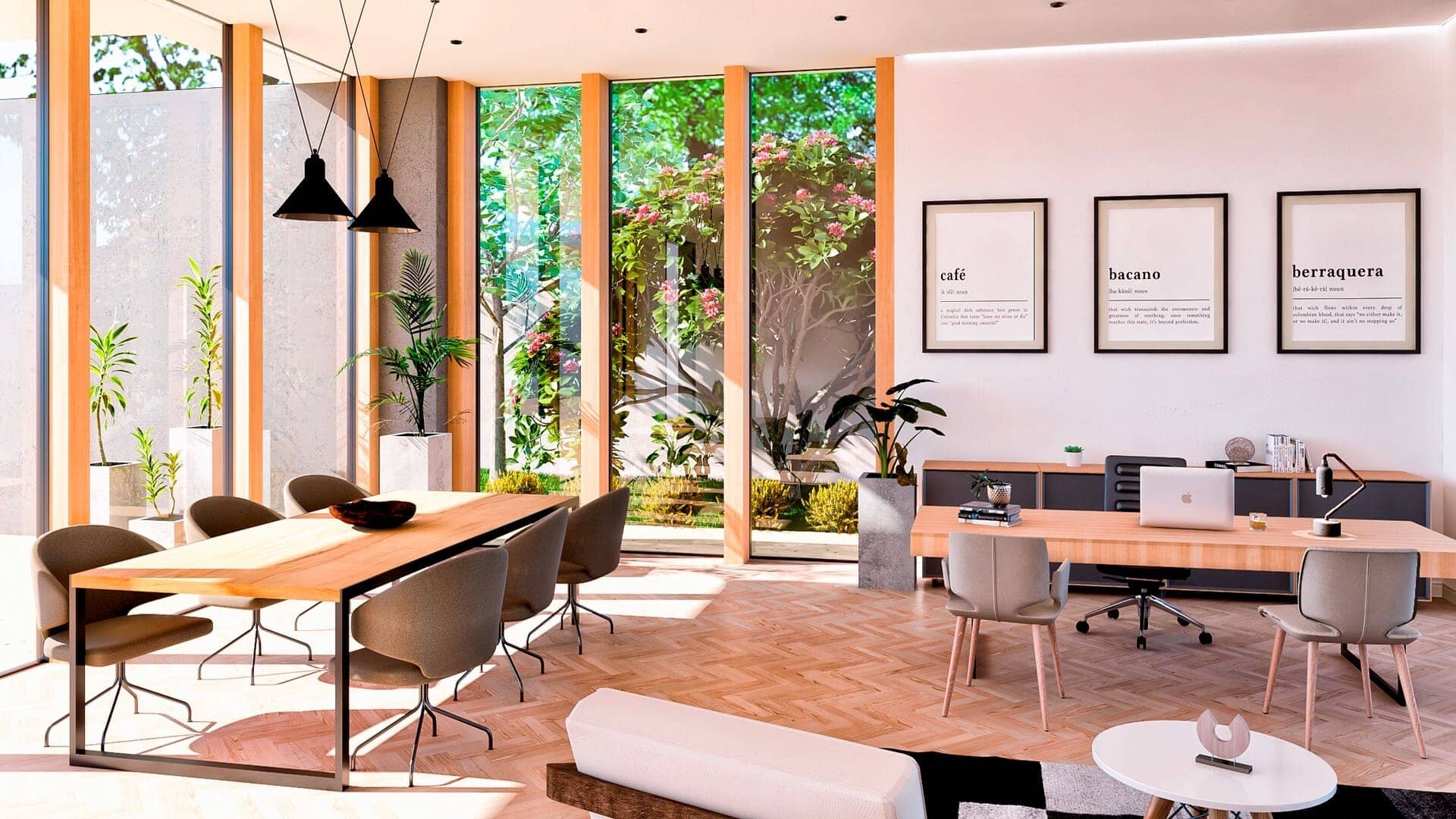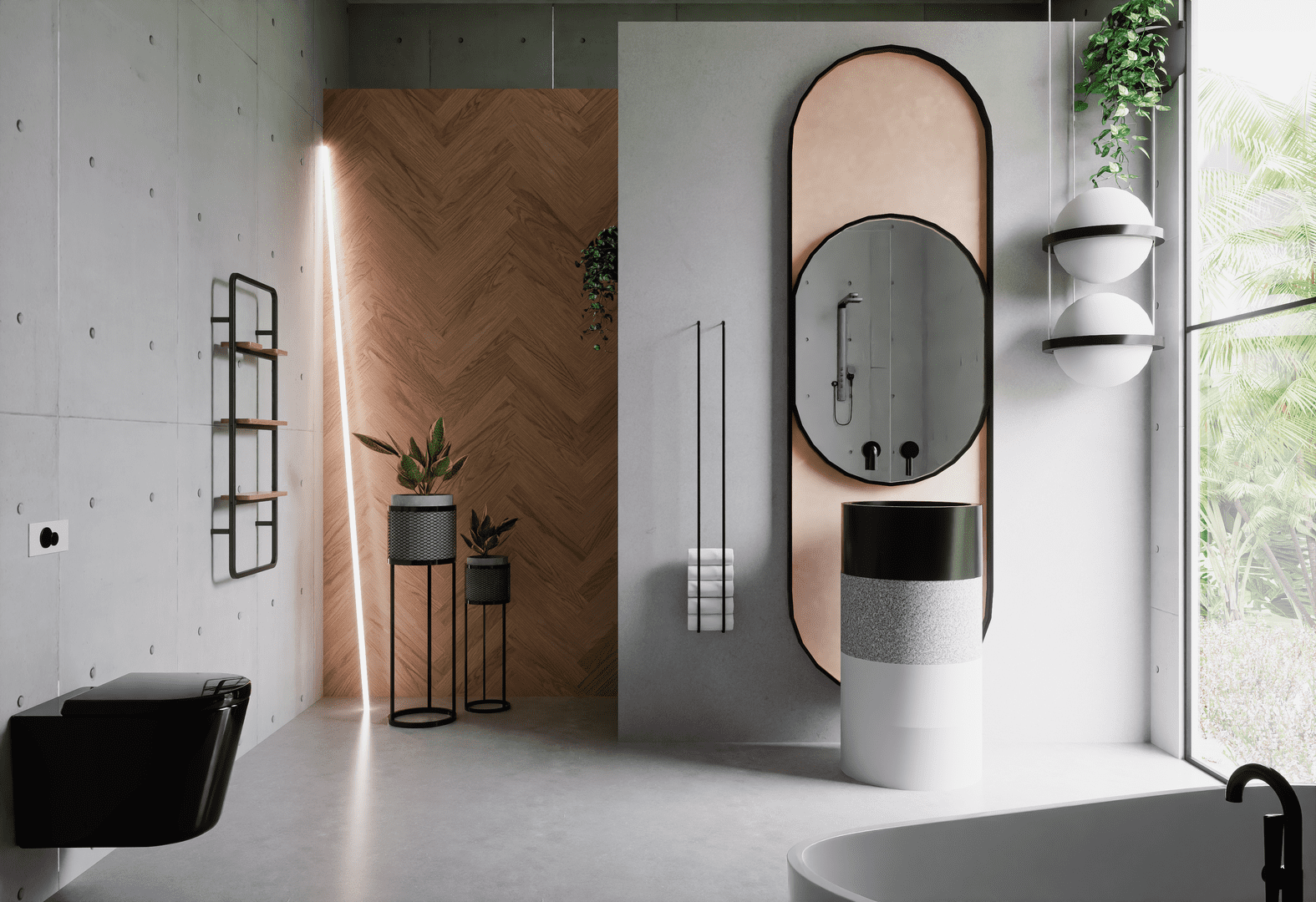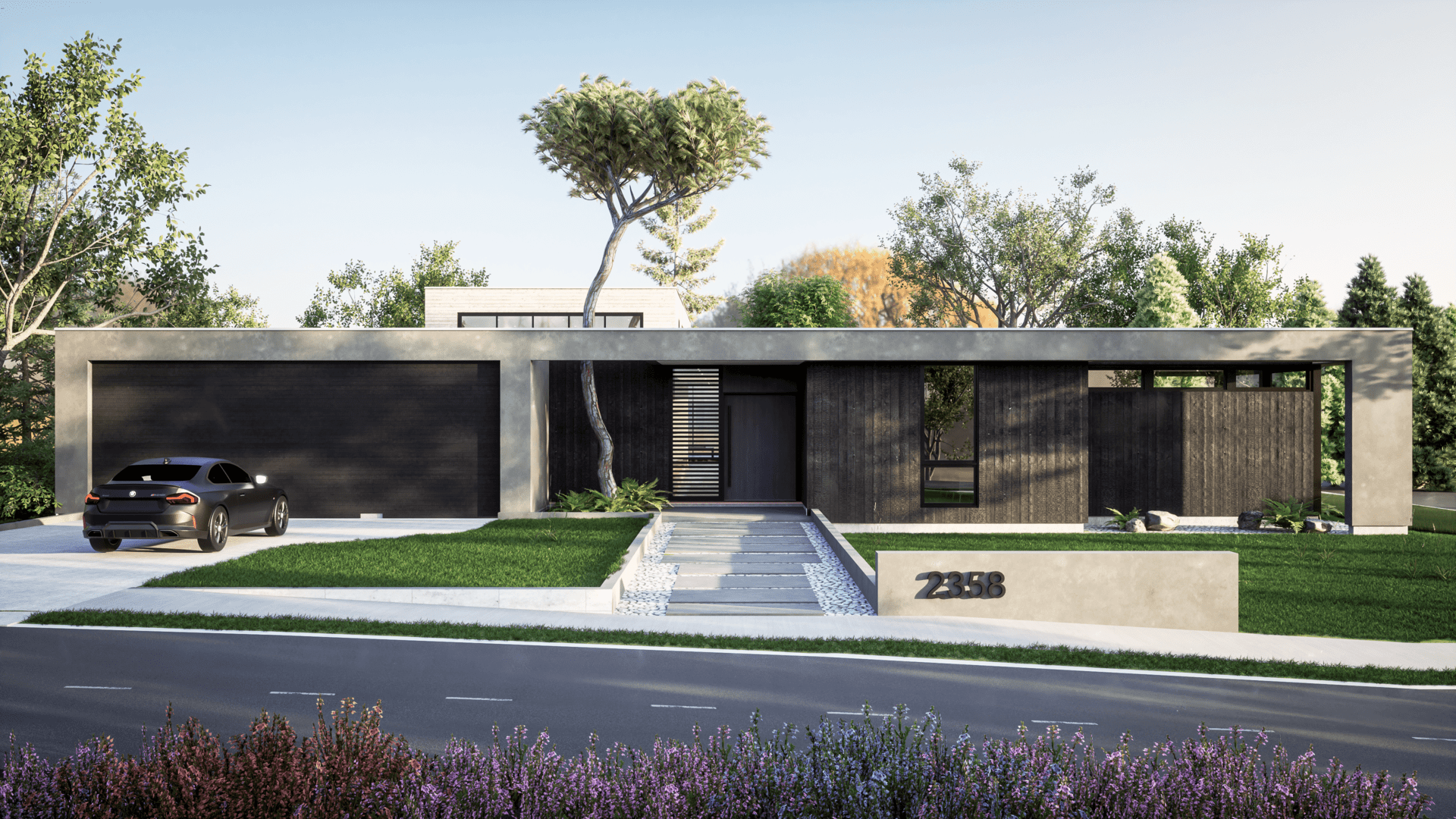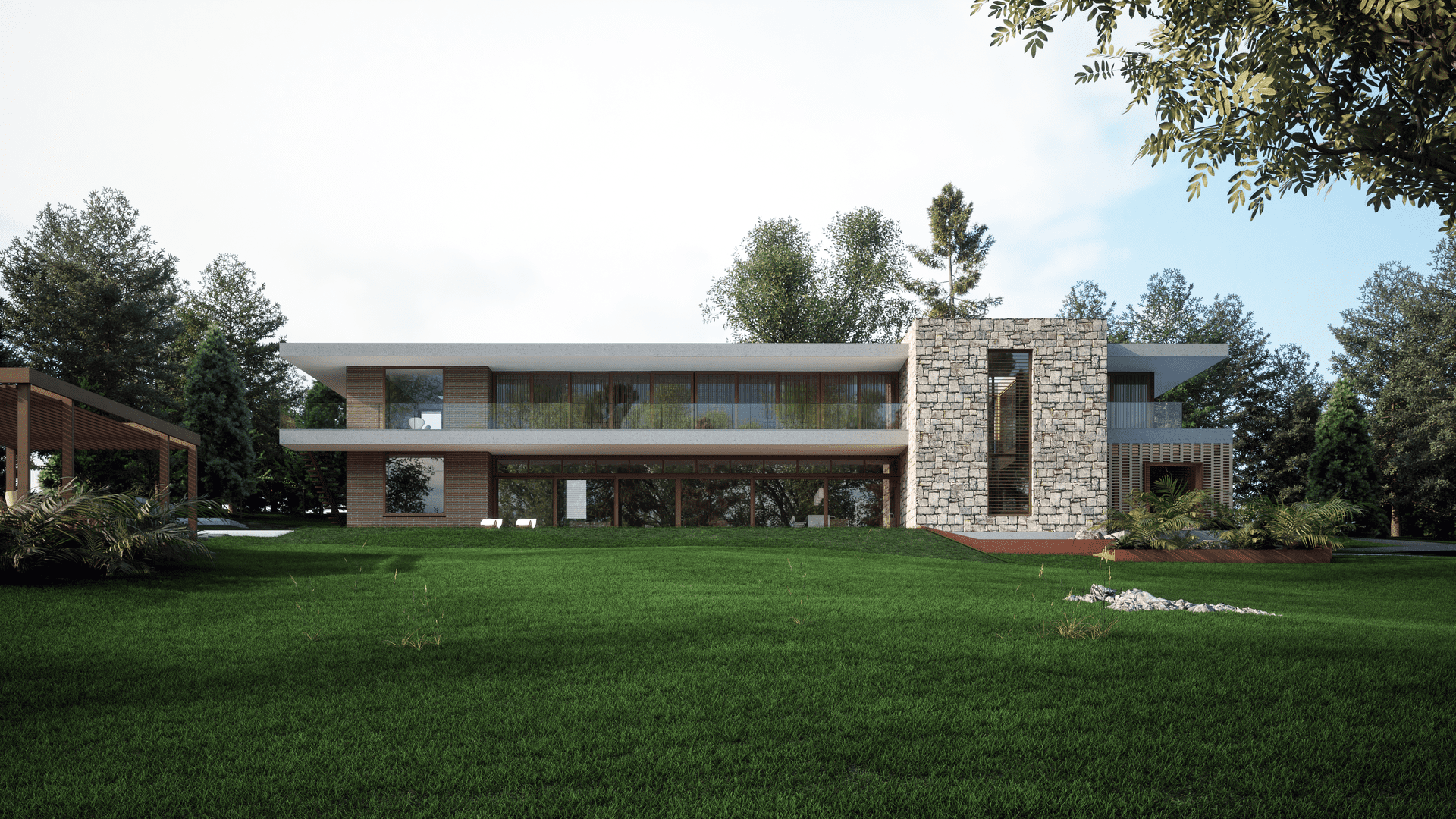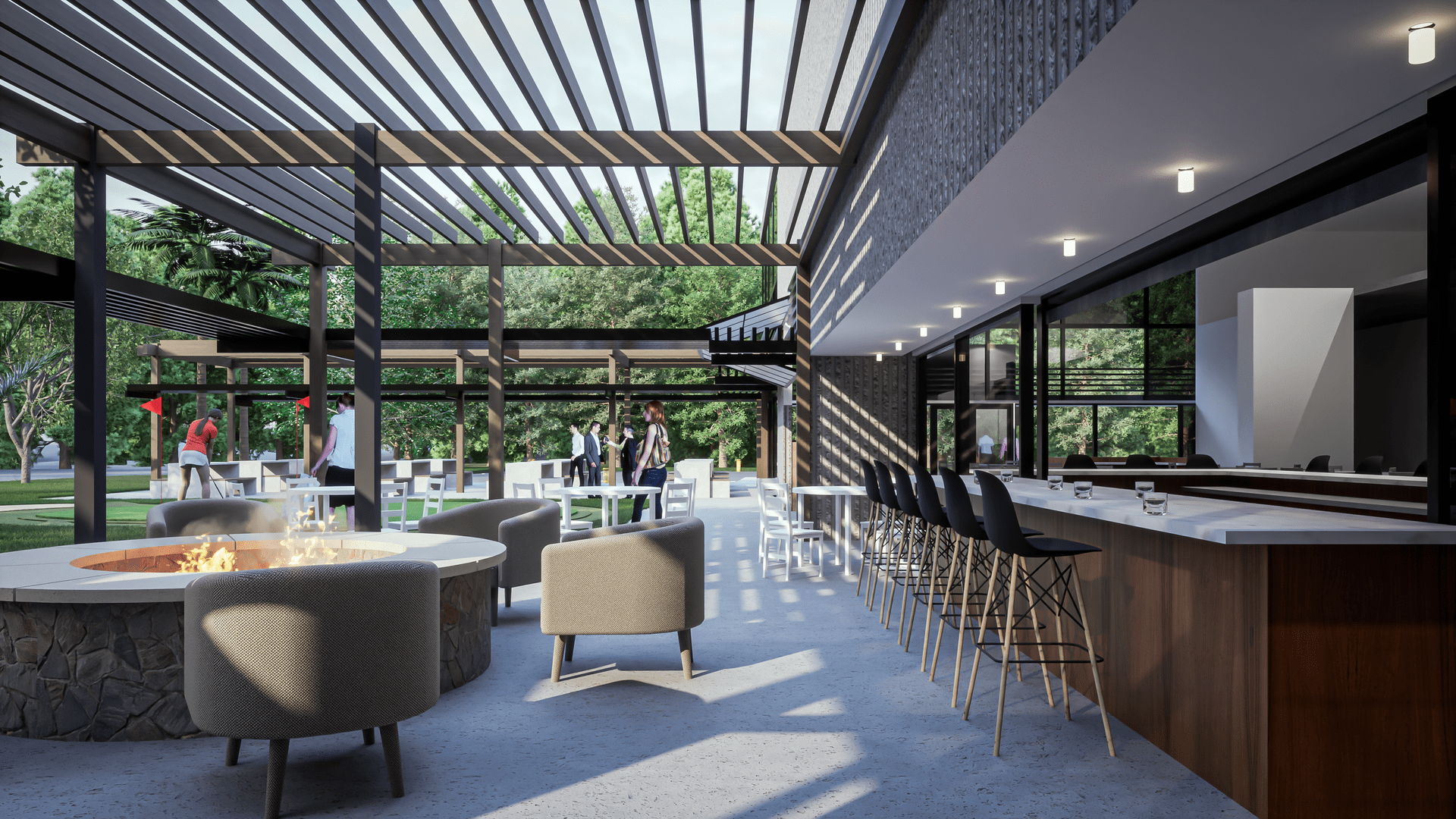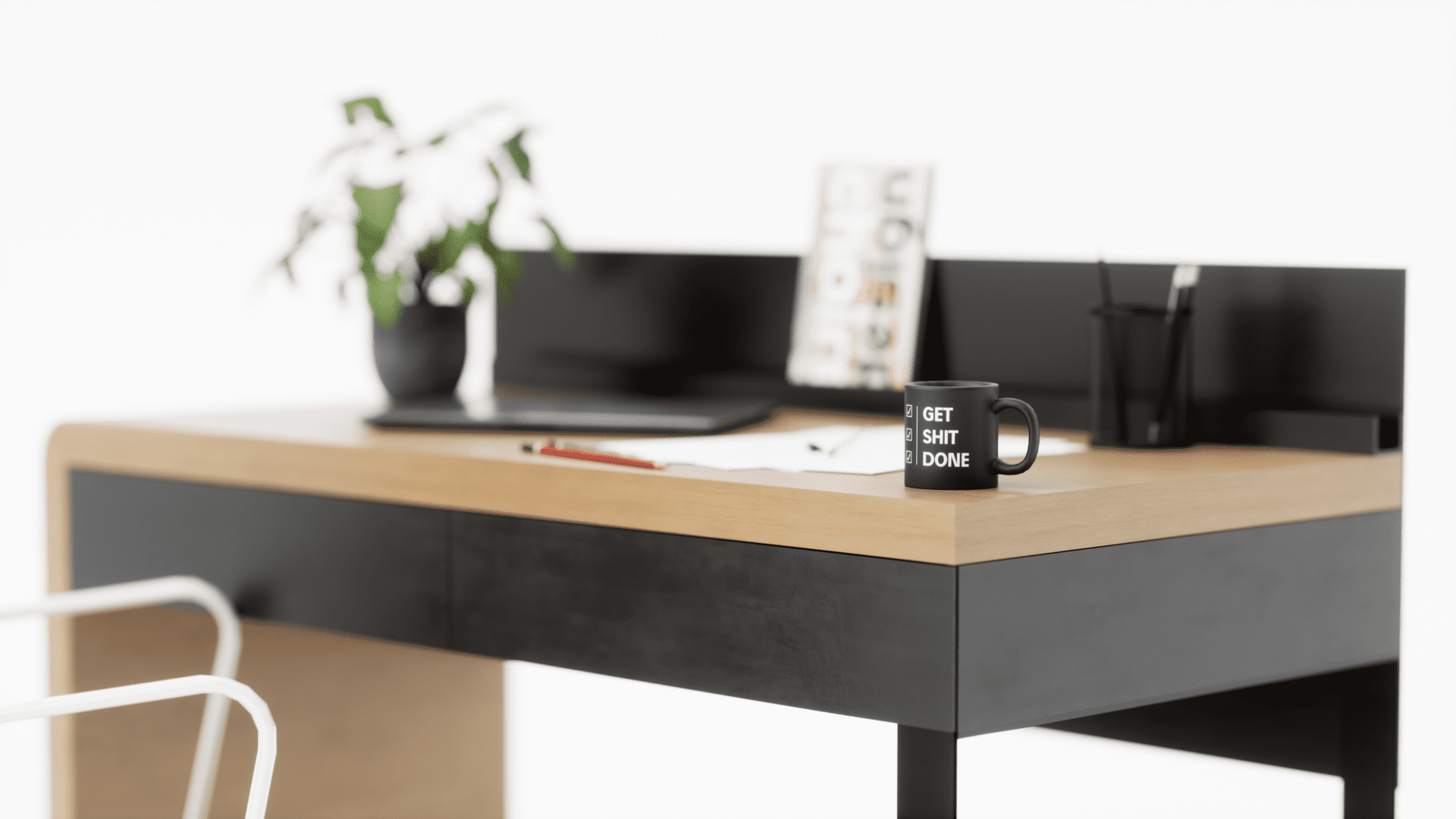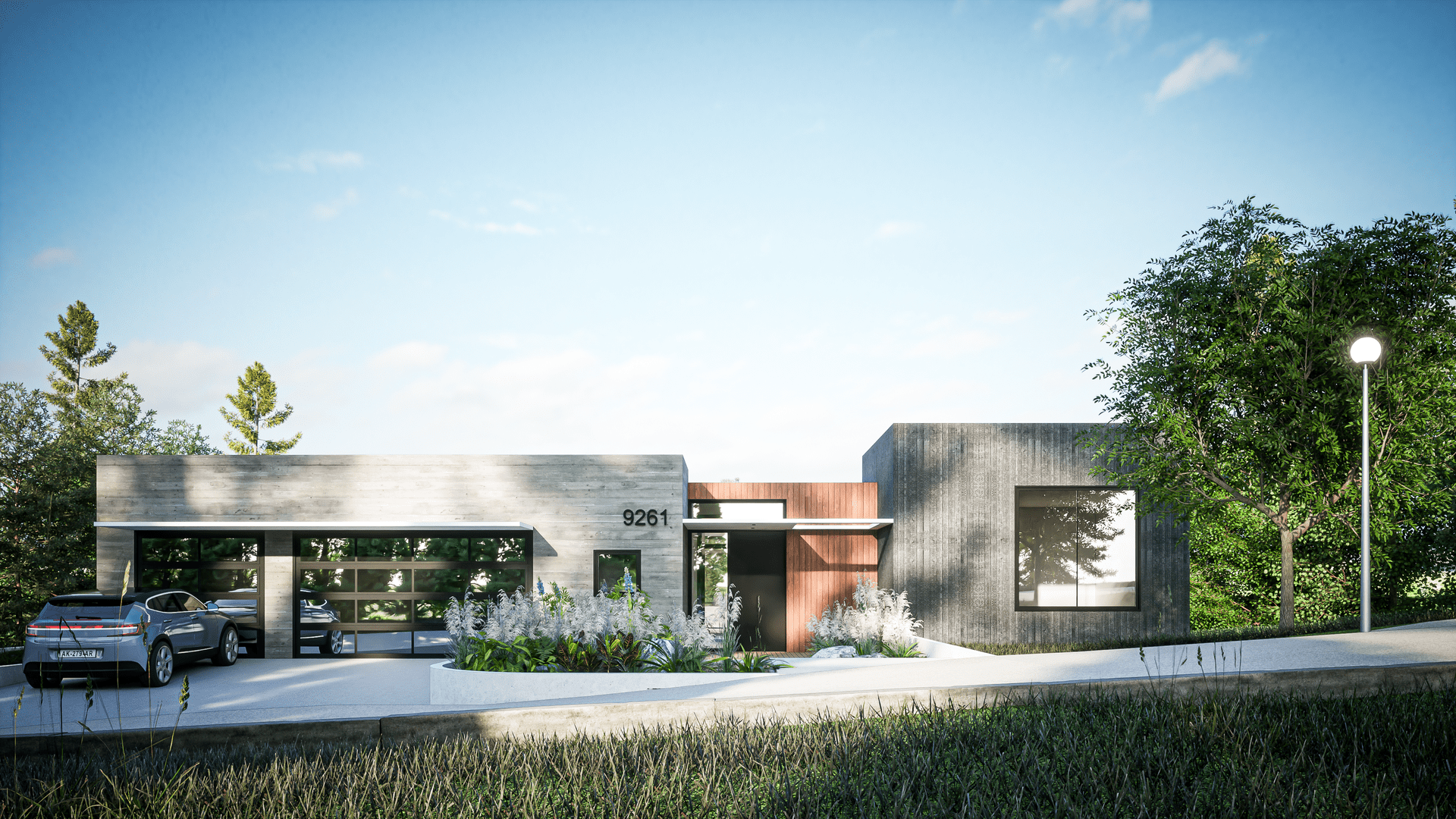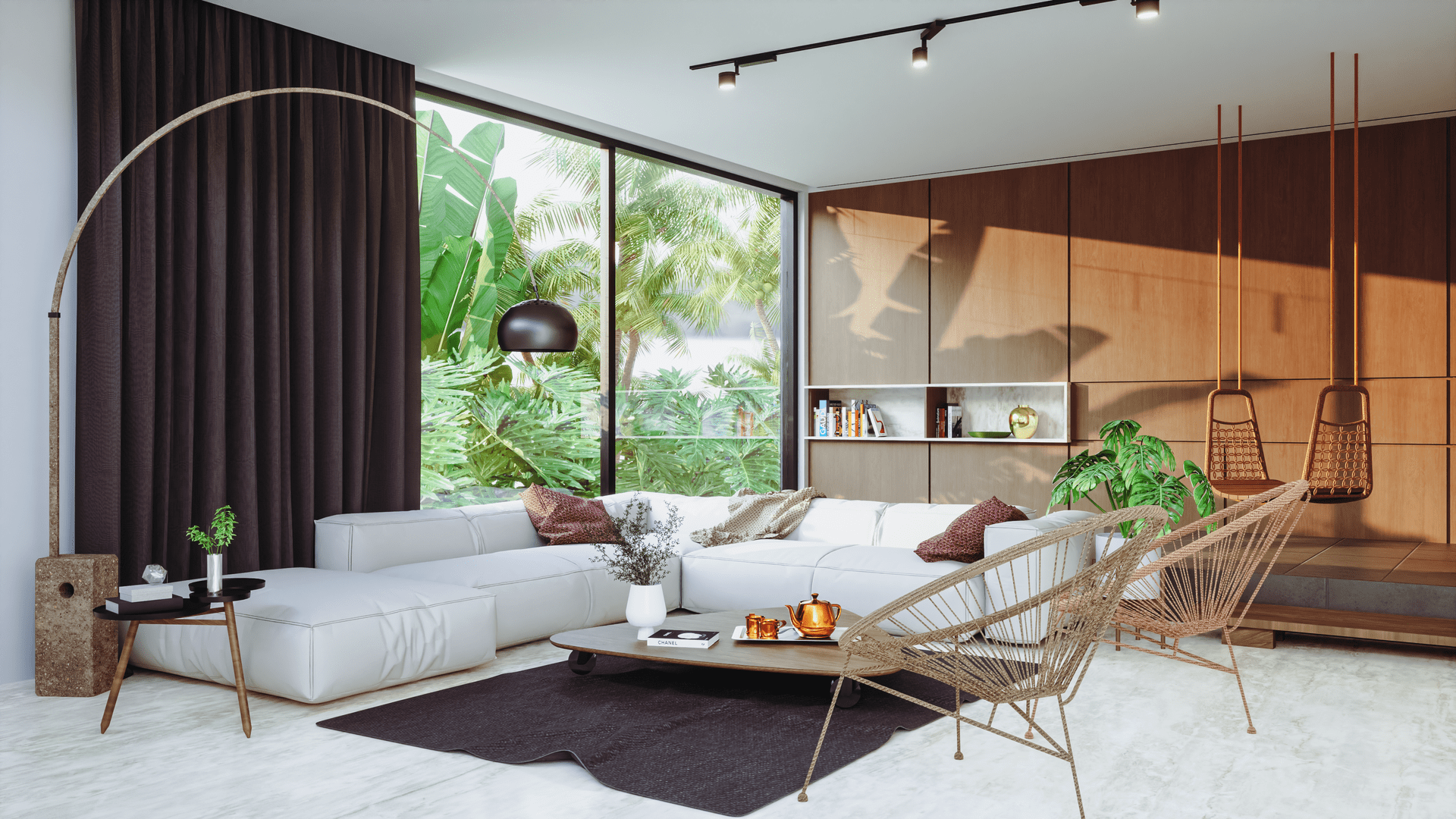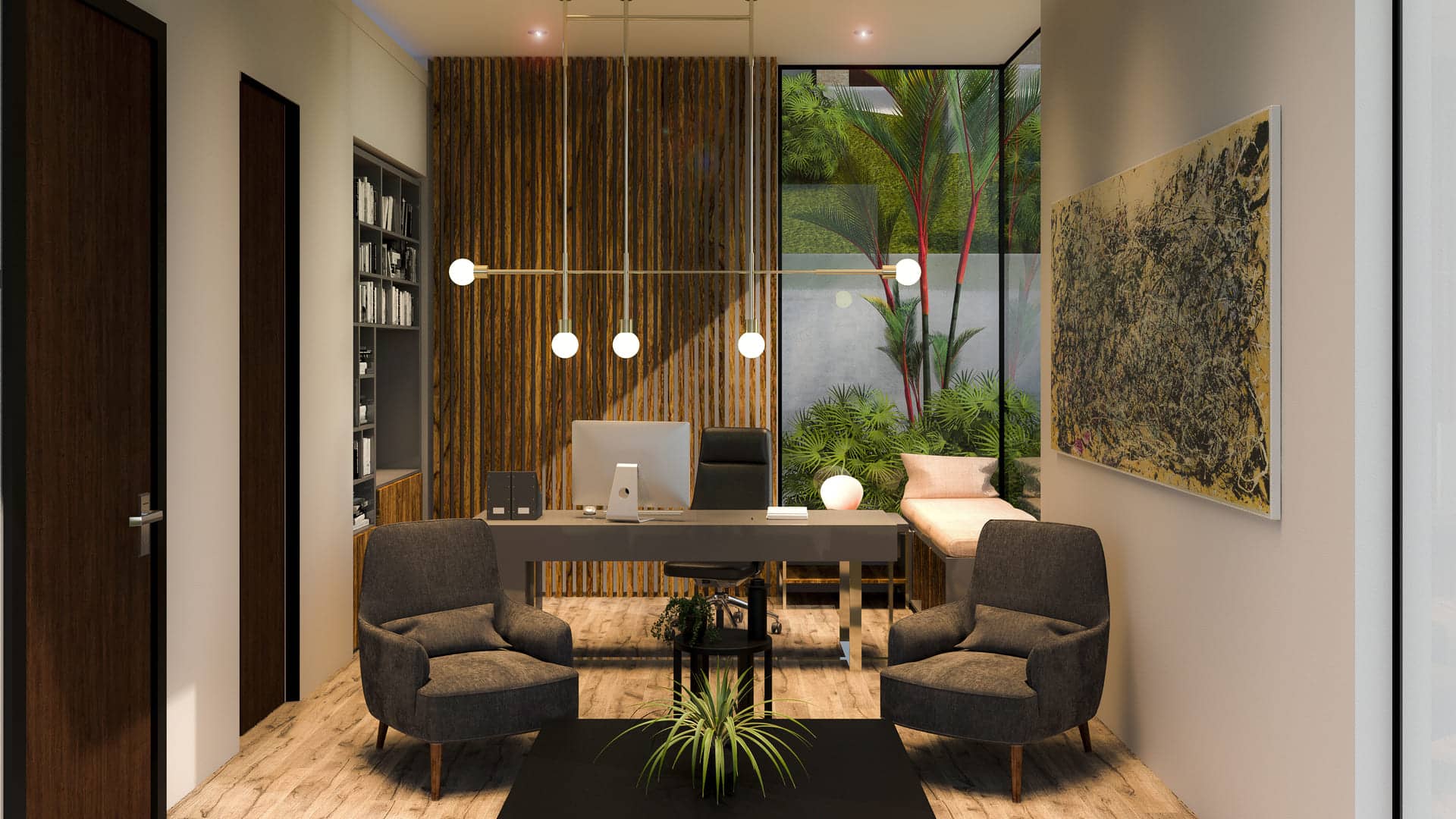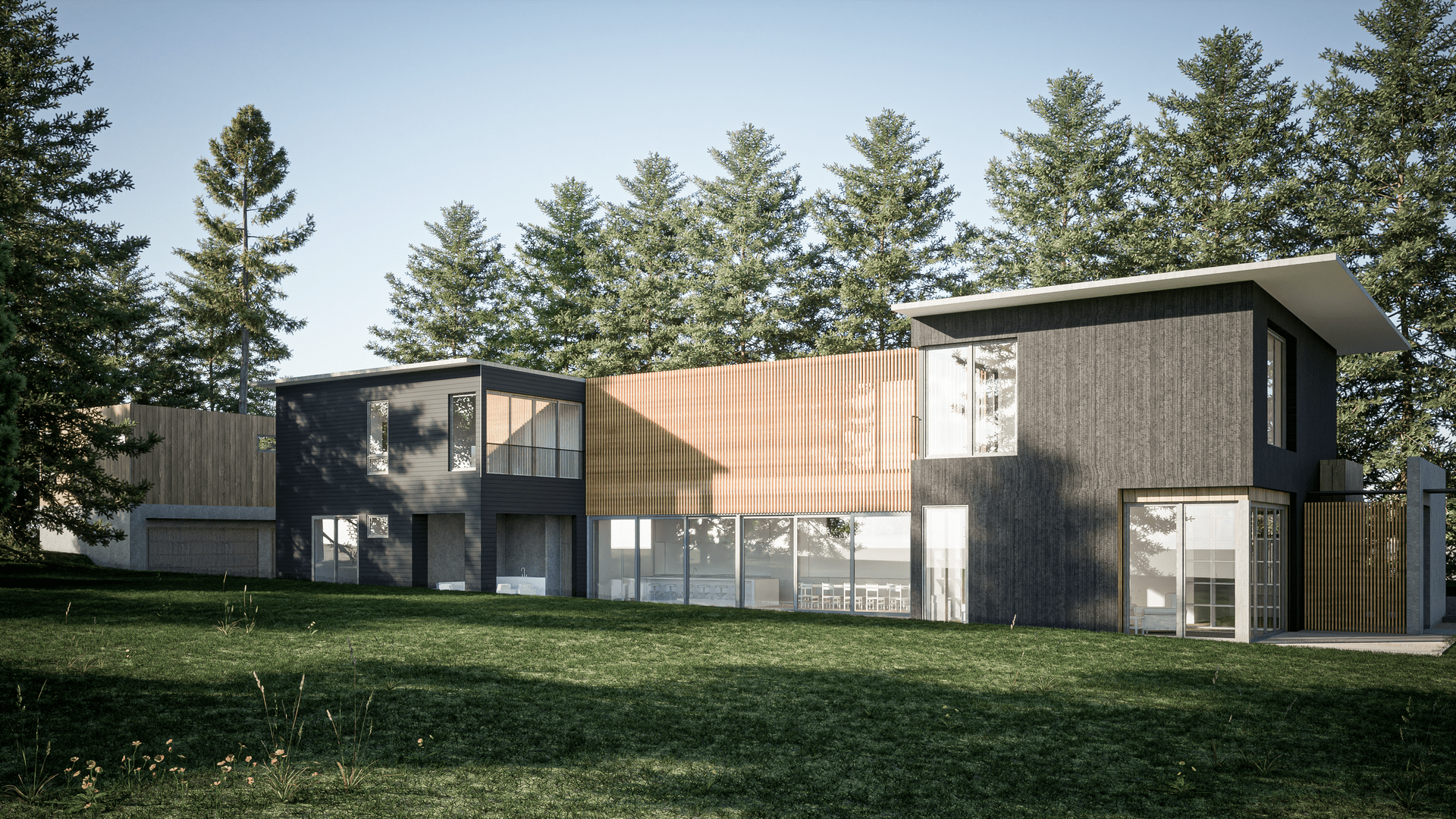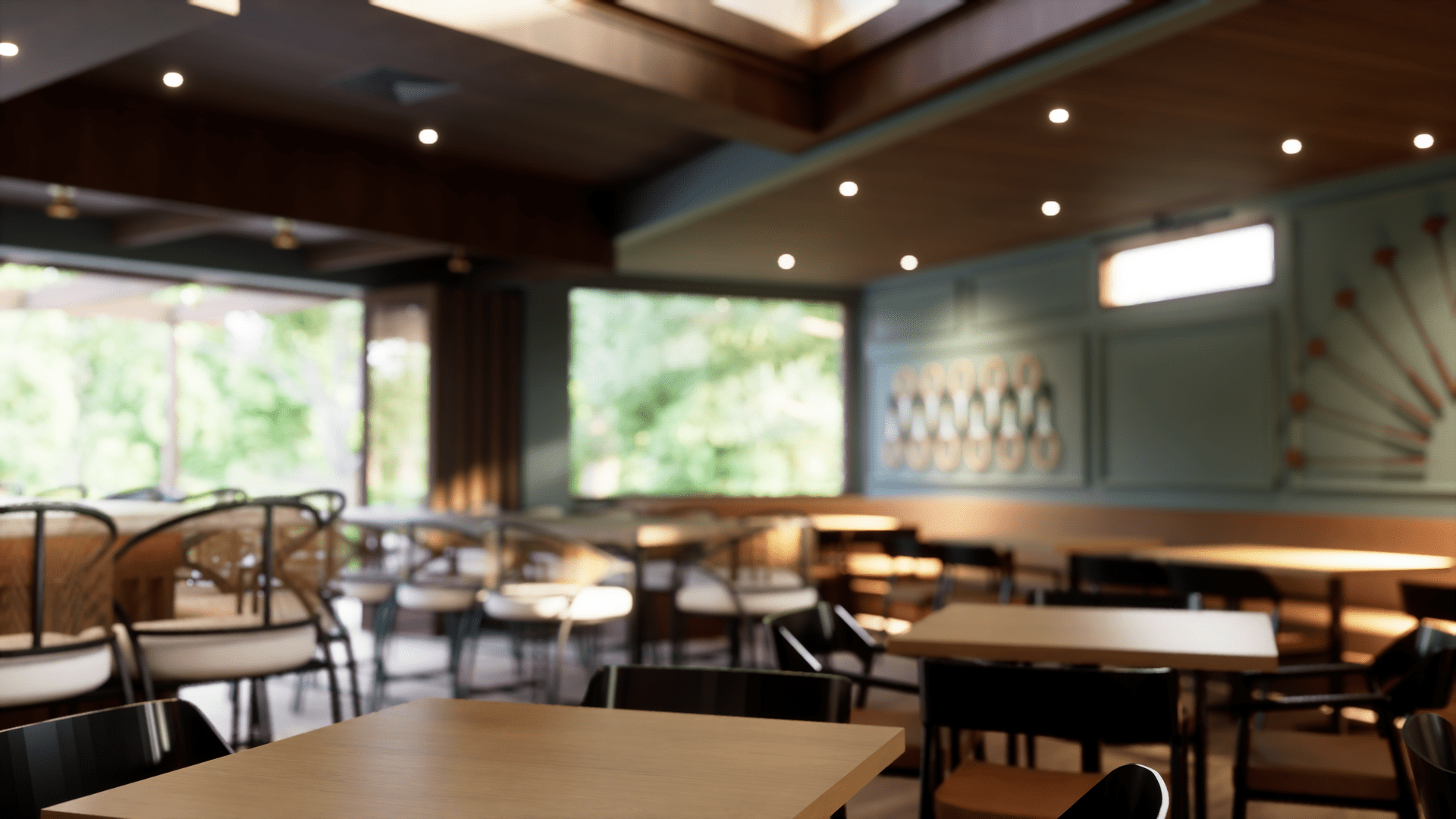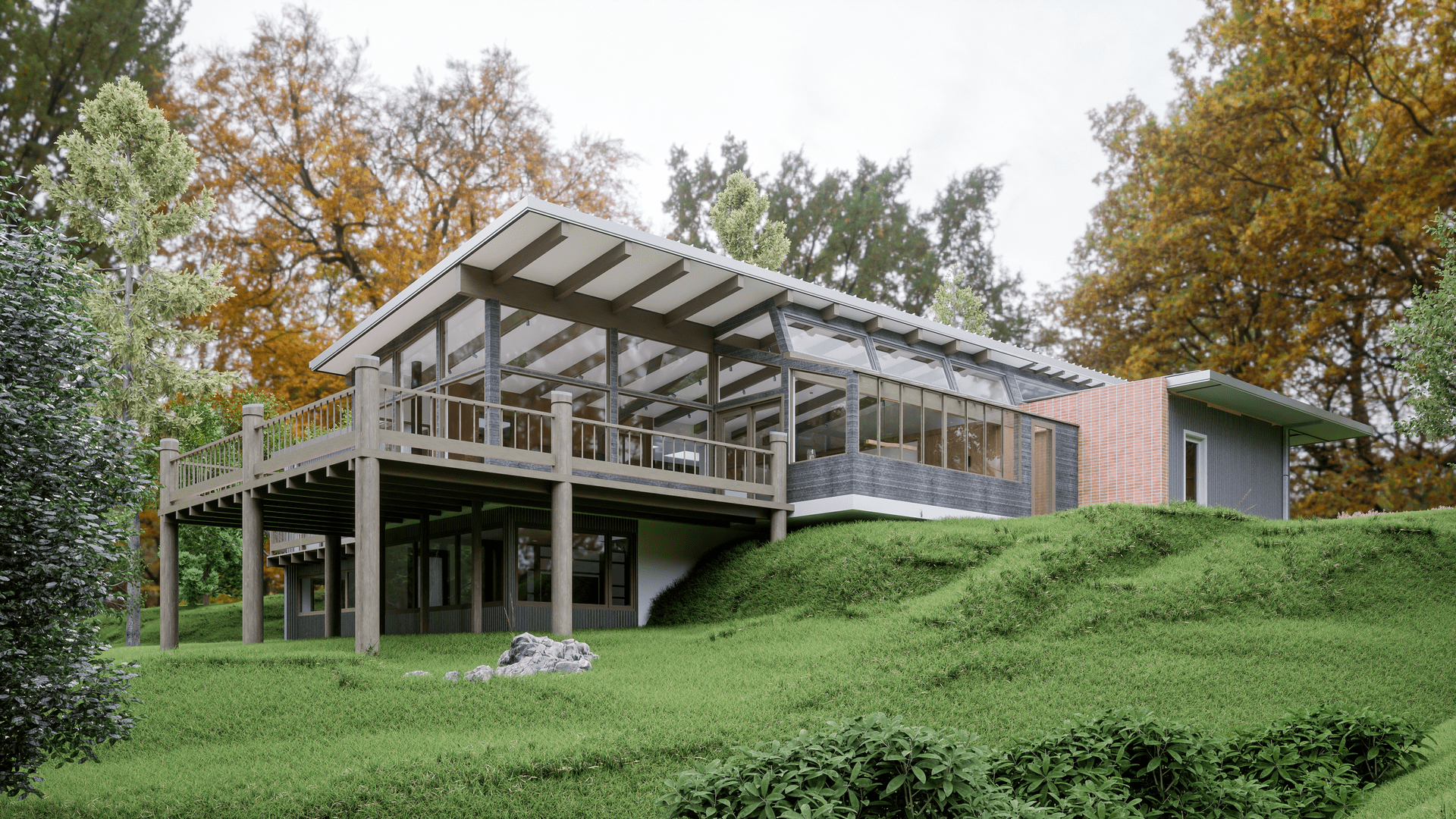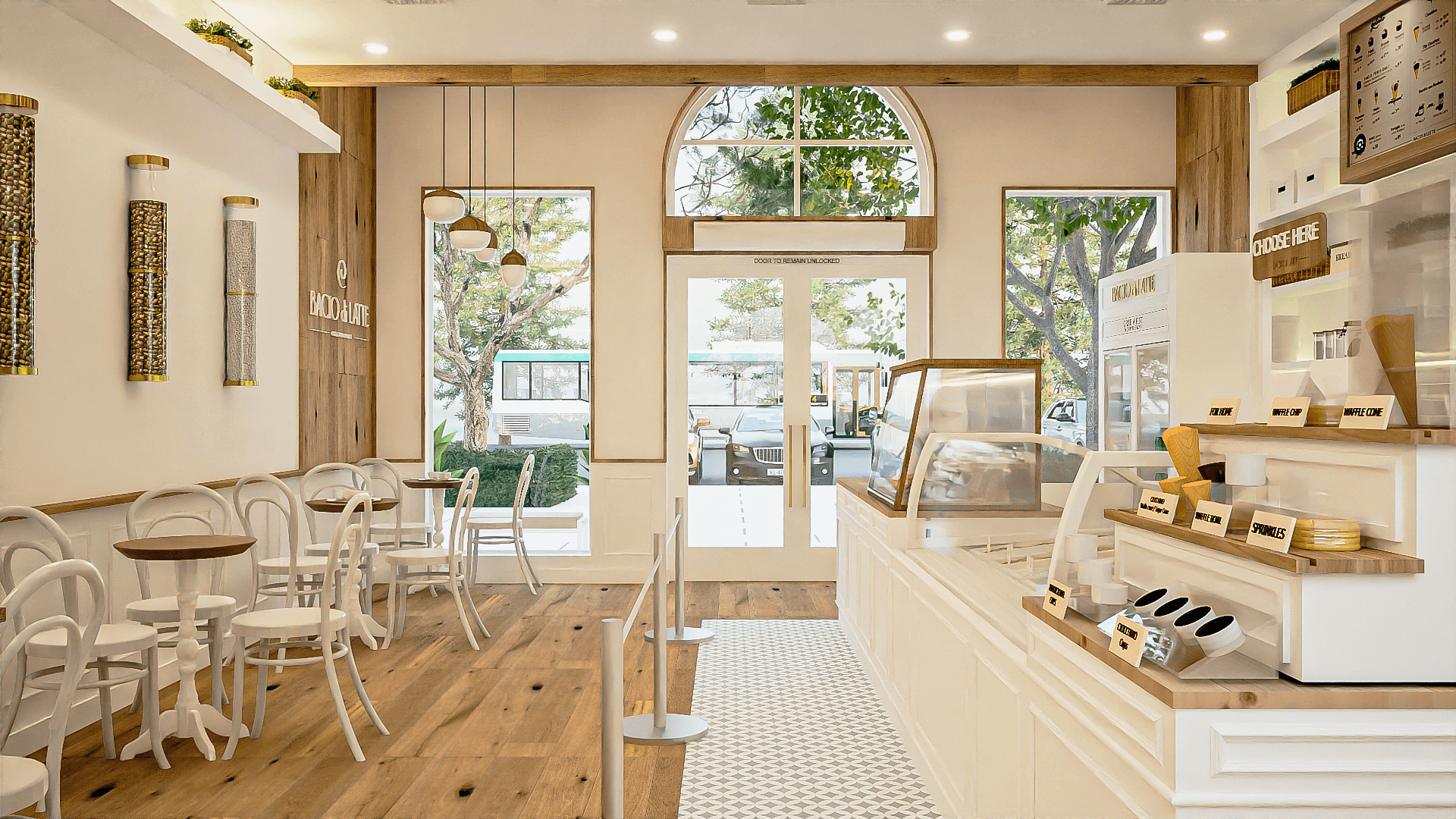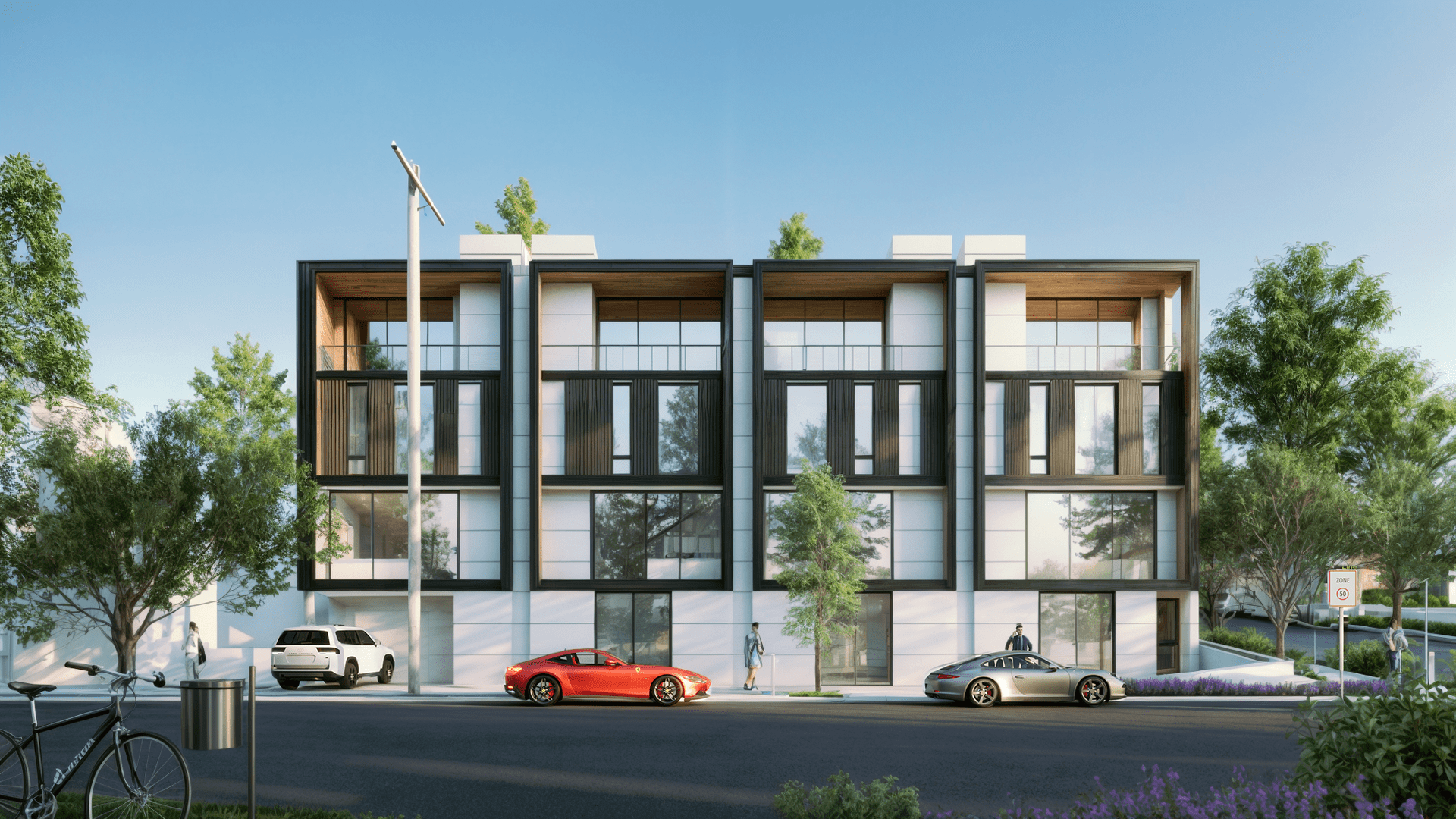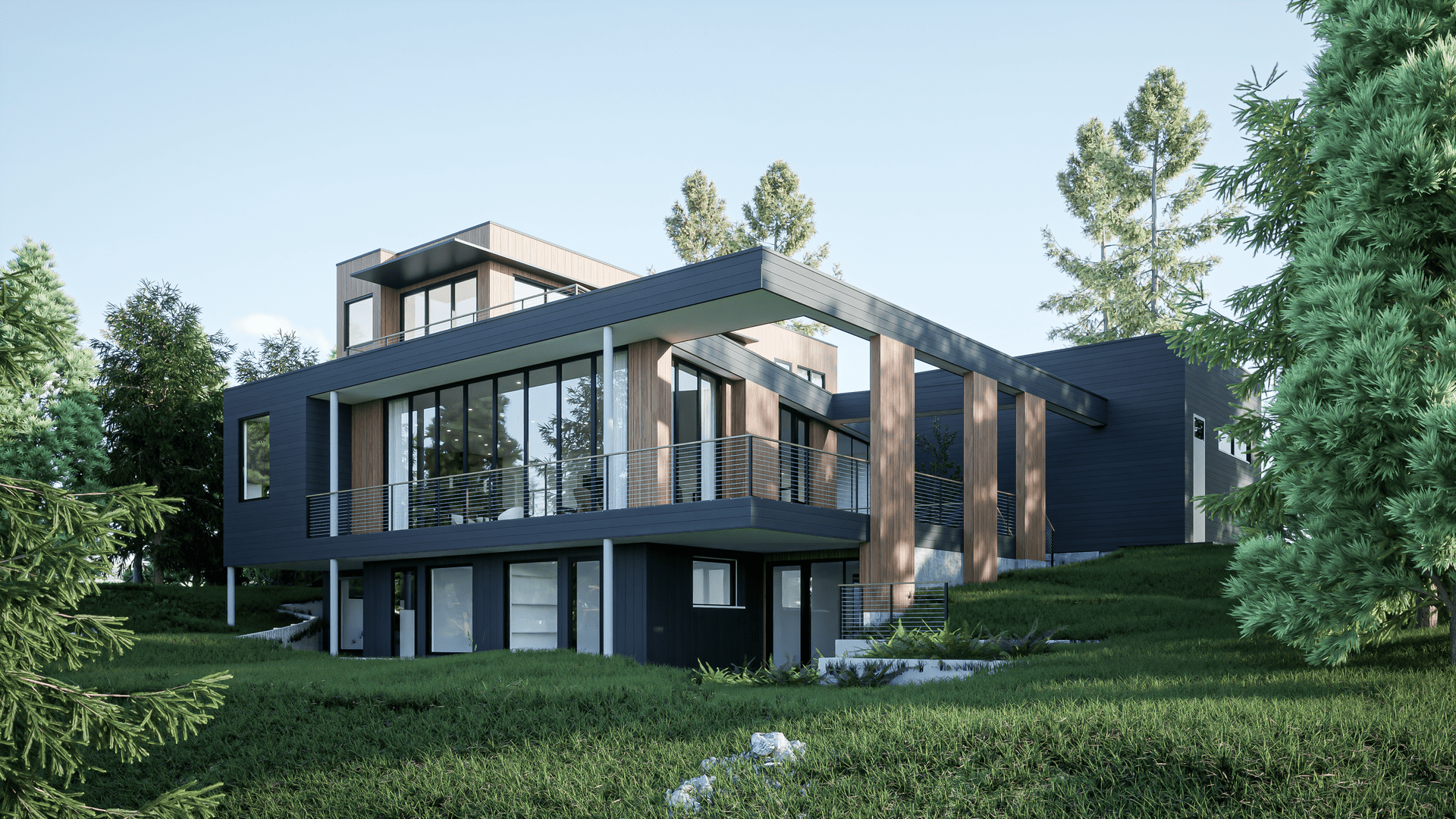Designing for the Future: Sustainable Practices in Architecture and Interior Design
In today’s world, sustainability is no longer just a buzzword – it’s a necessity.
As architects and designers, we have a responsibility to create built environments that not only meet the needs of today’s occupants but also safeguard the health and well-being of future generations. This is where sustainable practices in architecture and interior design come into play, offering innovative solutions to mitigate environmental impact, conserve natural resources, and promote a healthier planet.
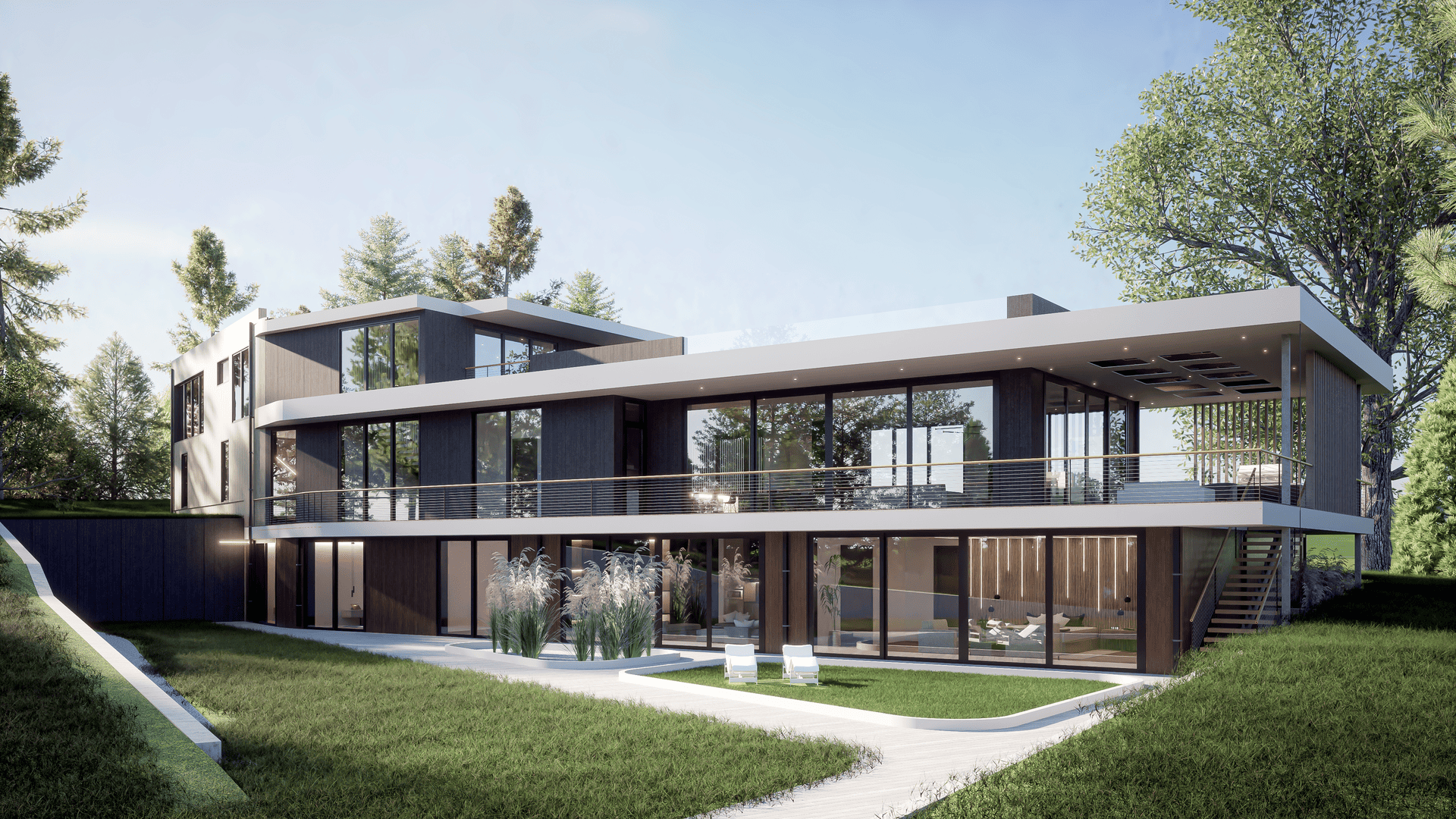
Sustainable design begins with a commitment to reducing energy consumption and minimizing carbon emissions. This can be achieved through passive design strategies such as orientation, shading, and natural ventilation, which optimize building performance and reduce reliance on mechanical systems. Additionally, sustainable buildings incorporate energy-efficient technologies such as high-performance insulation, LED lighting, and renewable energy sources, further reducing energy usage and carbon footprint.
Another key aspect of sustainable design is the selection of materials and finishes that are environmentally friendly and socially responsible. This includes using recycled, recyclable, and locally sourced materials wherever possible, as well as specifying products that are certified for their sustainability credentials, such as Forest Stewardship Council (FSC) certified wood or Cradle to Cradle (C2C) certified products. By prioritizing sustainable materials, designers can minimize waste, reduce embodied carbon, and support responsible manufacturing practices.
Furthermore, sustainable design also encompasses strategies to promote occupant health and well-being. This includes incorporating biophilic design principles, which seek to connect people with nature through the use of natural materials, daylighting, and views of the outdoors. Biophilic design has been shown to reduce stress, improve cognitive function, and enhance overall well-being, making it a valuable consideration in sustainable design practice.
In addition to its environmental and health benefits, sustainable design also makes good economic sense. By reducing energy costs, minimizing maintenance requirements, and enhancing occupant productivity and satisfaction, sustainable buildings deliver long-term value for building owners and occupants alike. Moreover, as awareness of environmental issues continues to grow and regulations become more stringent, sustainable design is increasingly becoming a market differentiator that sets buildings apart in terms of desirability and value.
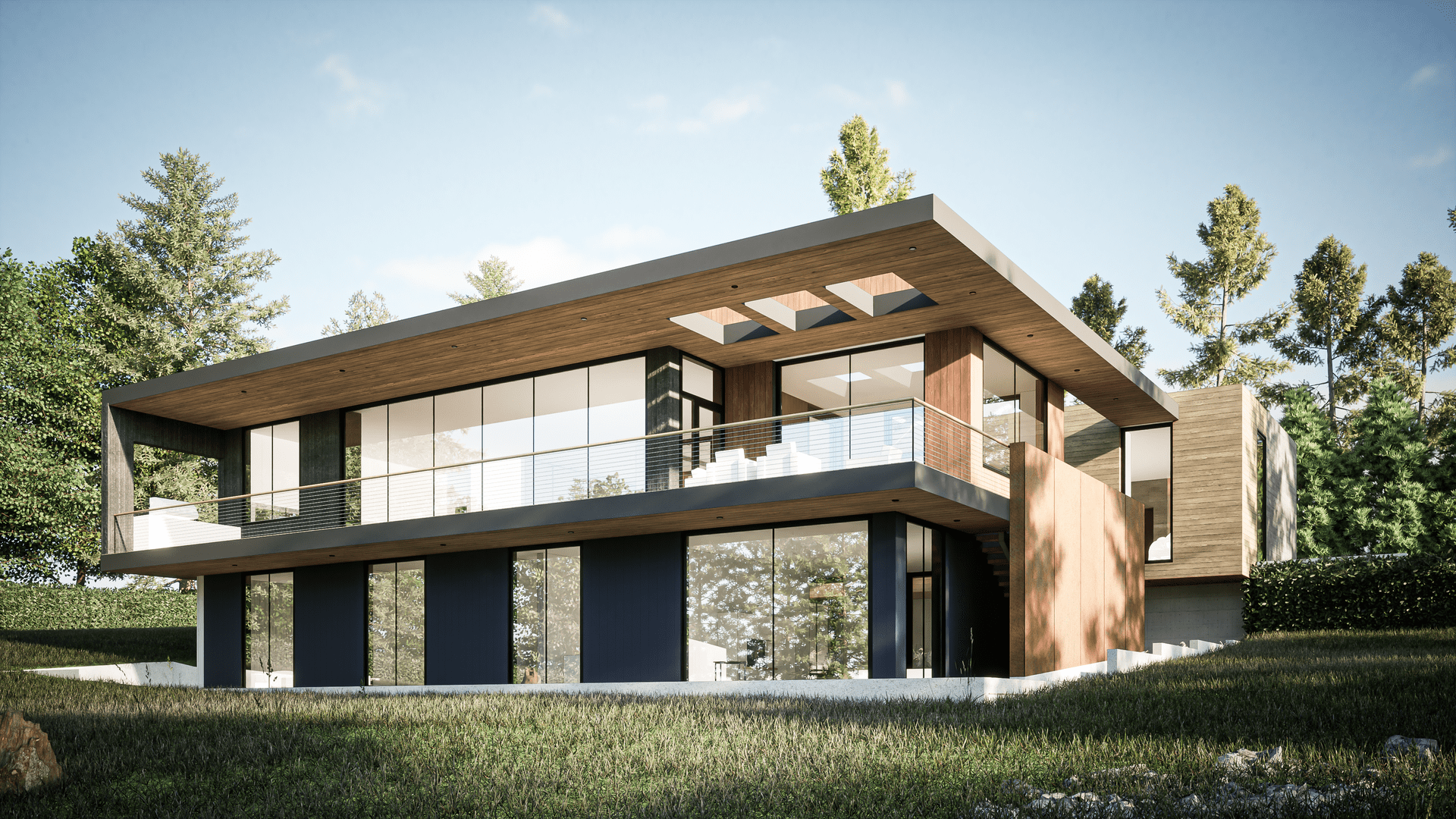
Overall, sustainable practices in architecture and interior design offer a holistic approach to creating built environments that are environmentally responsible, socially equitable, and economically viable. By embracing sustainable design principles and strategies, architects and designers can play a crucial role in shaping a more sustainable future for our planet and future generations to come.

